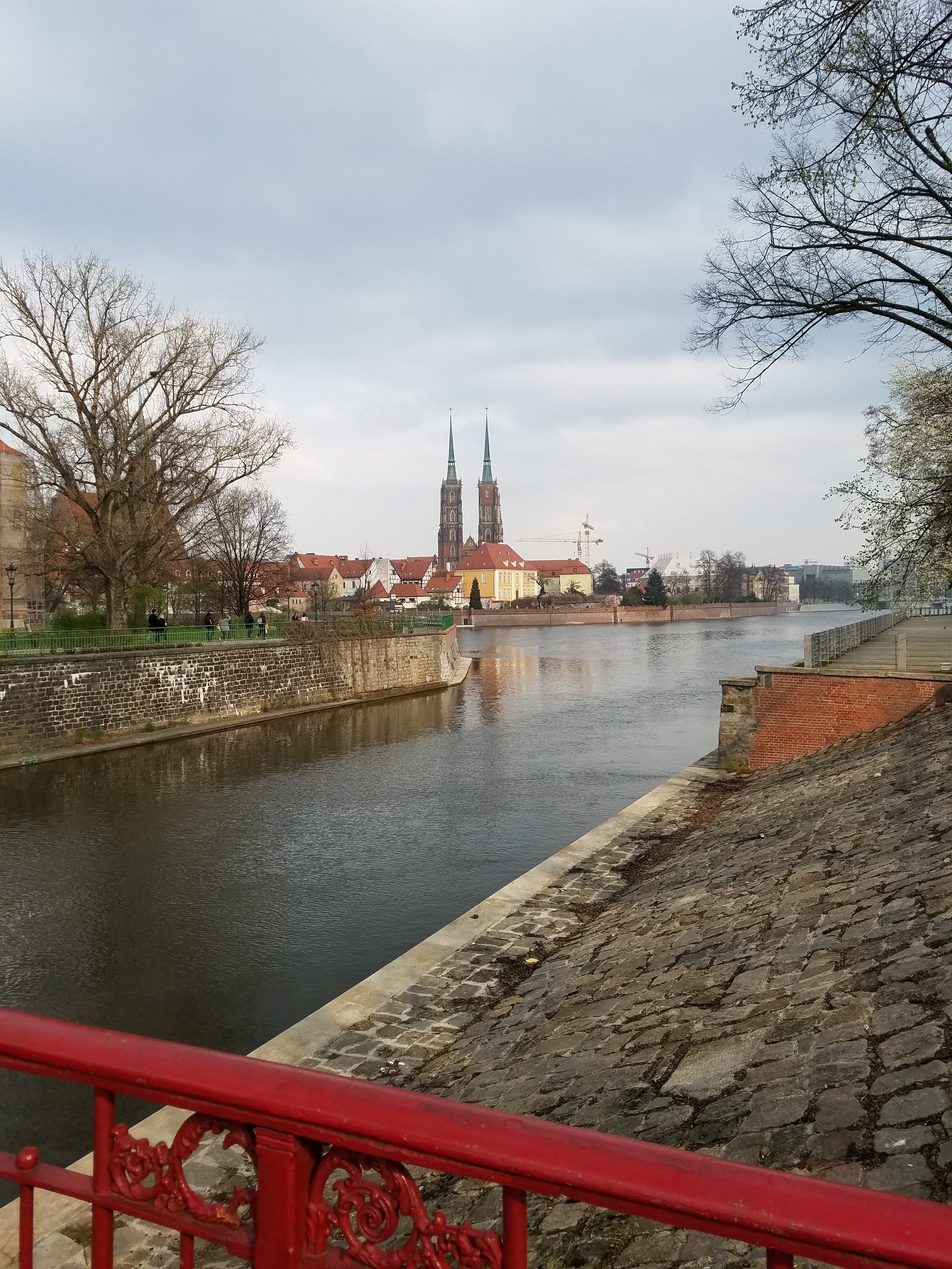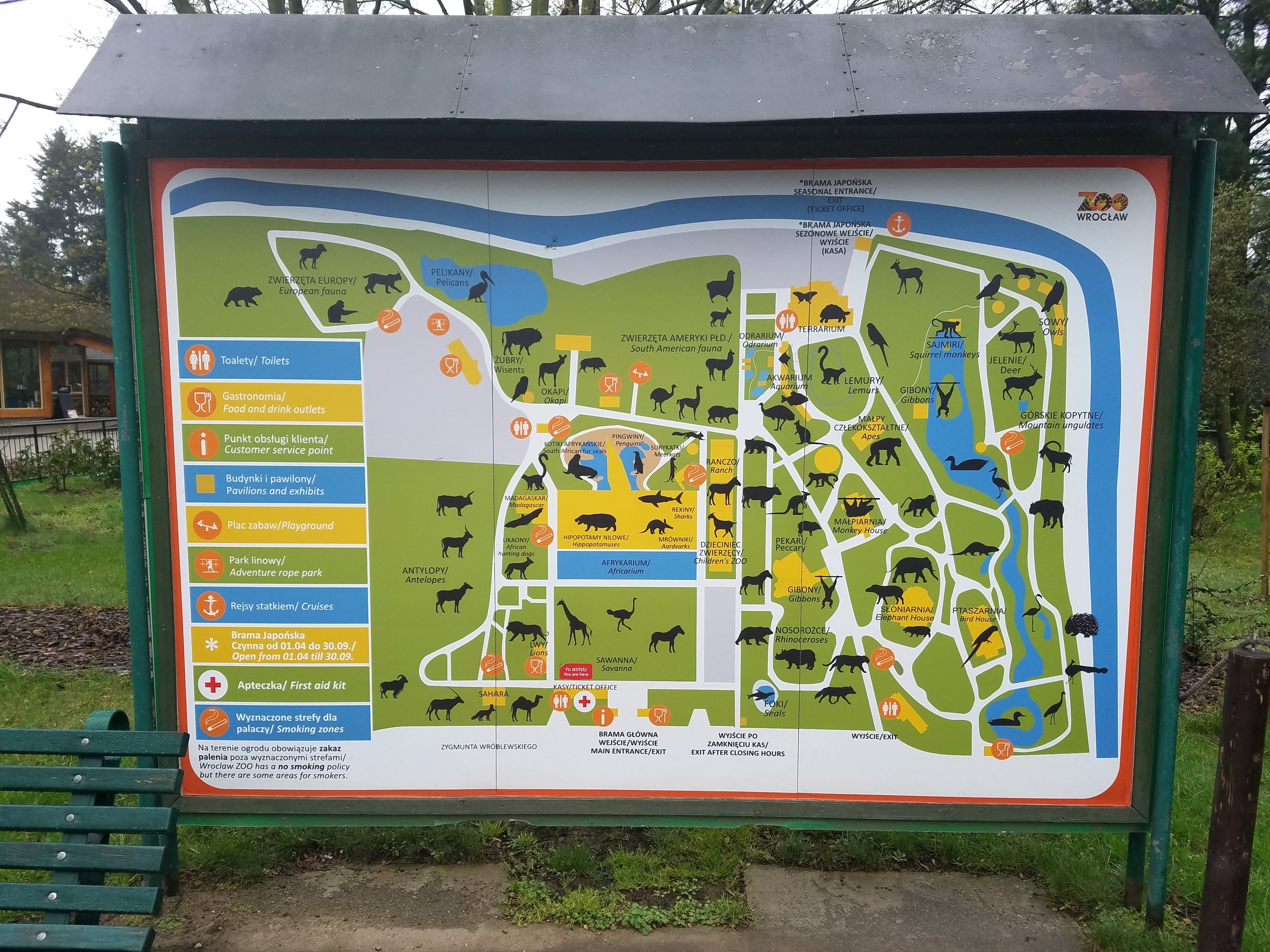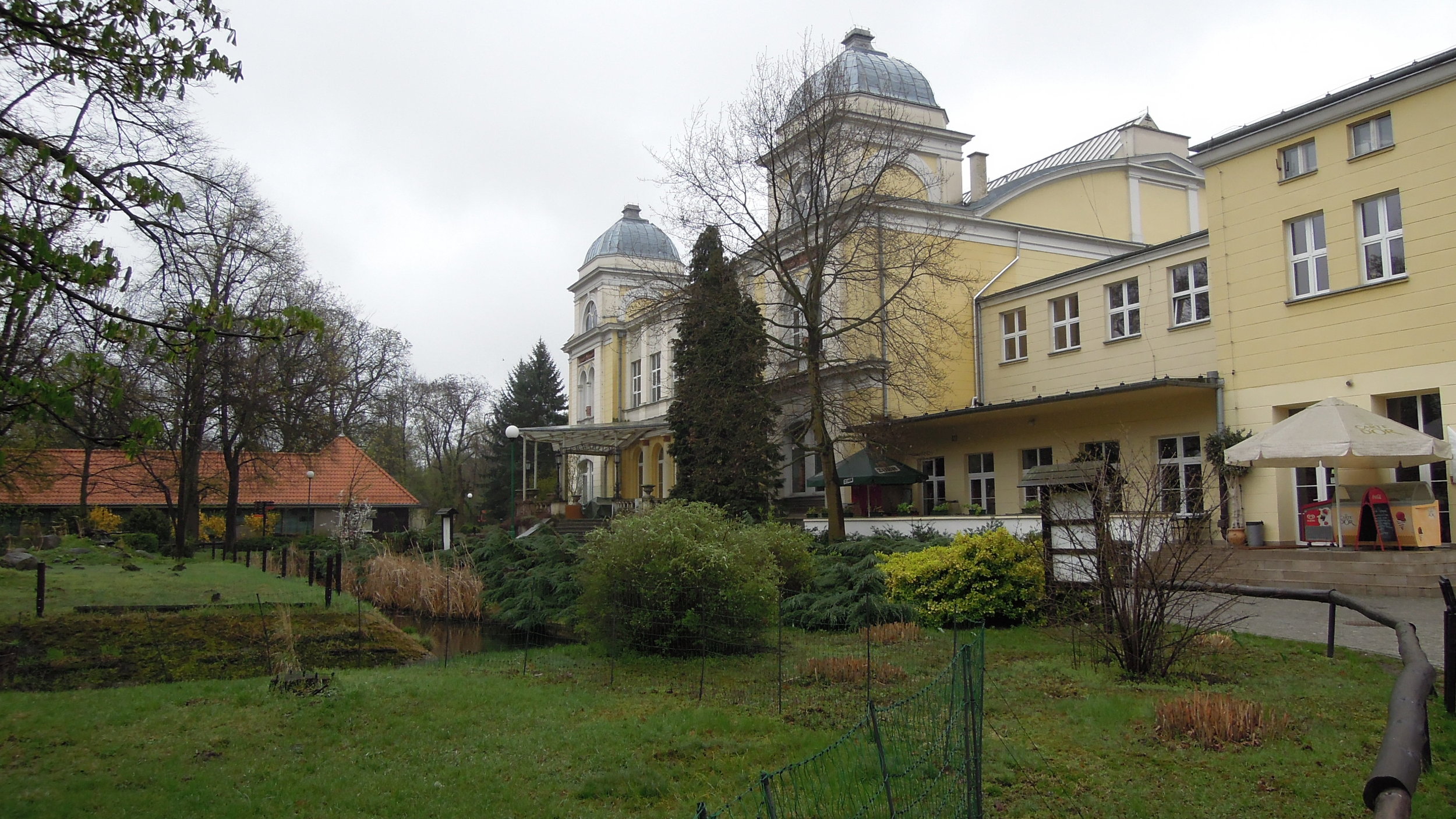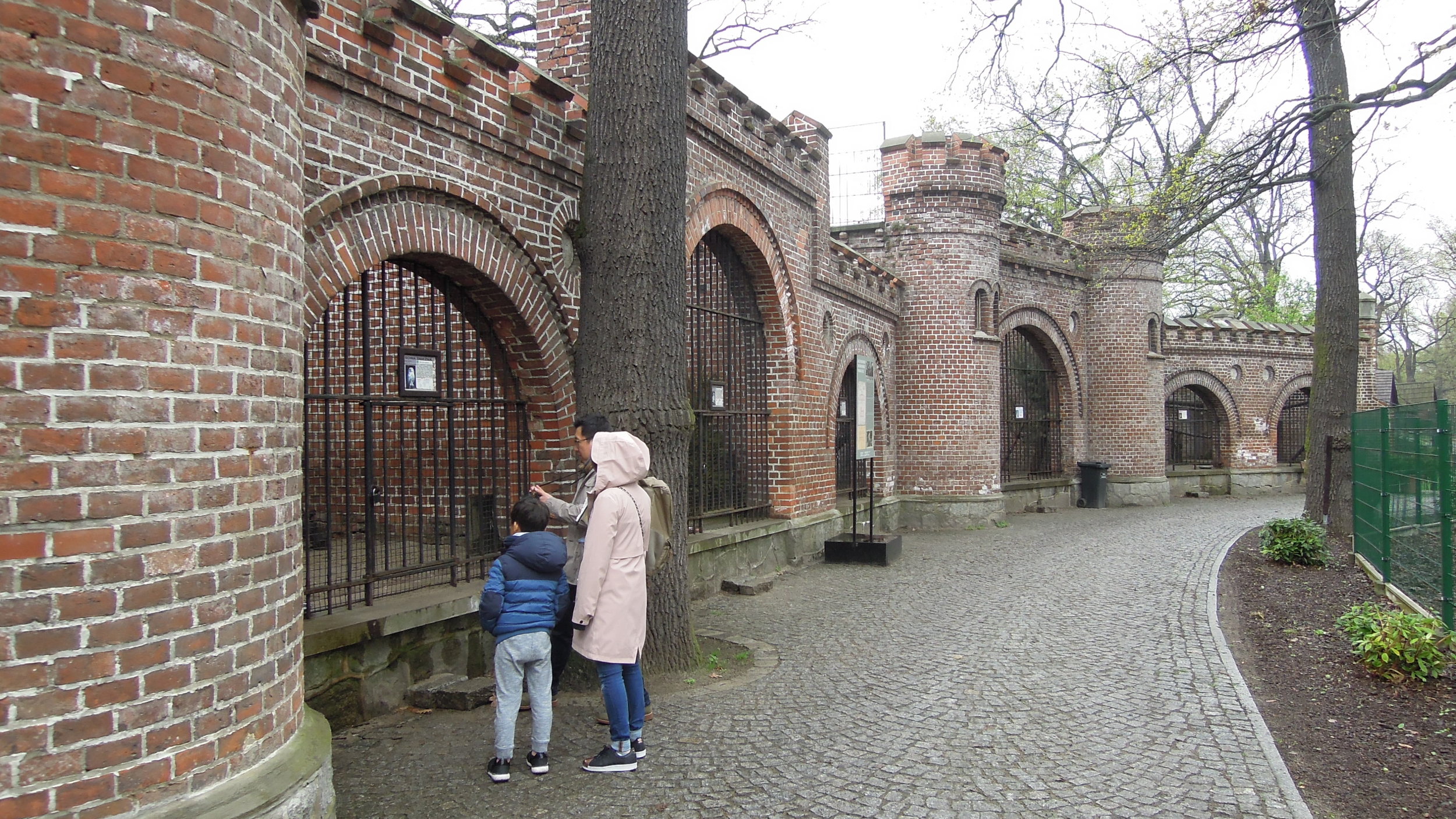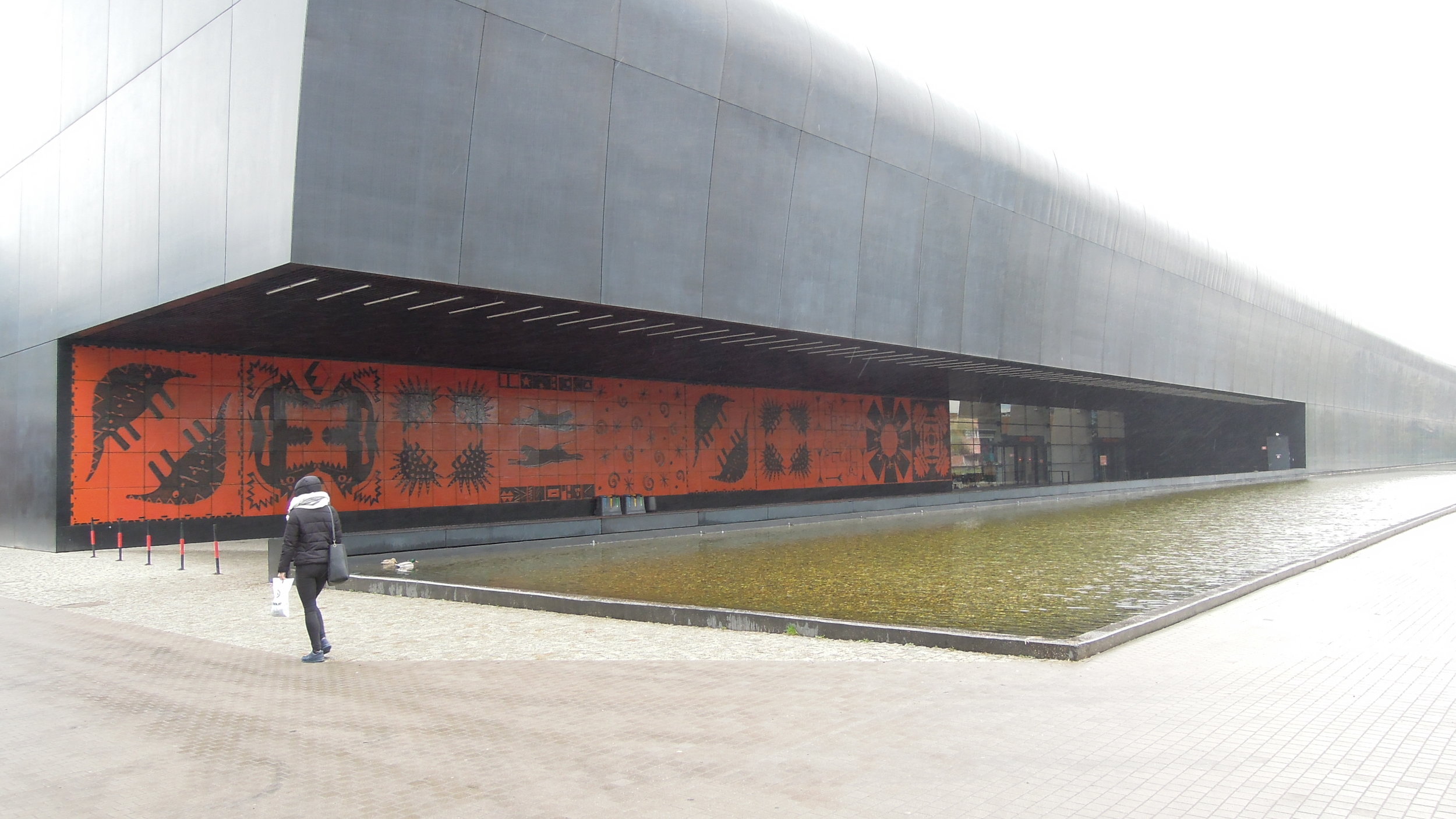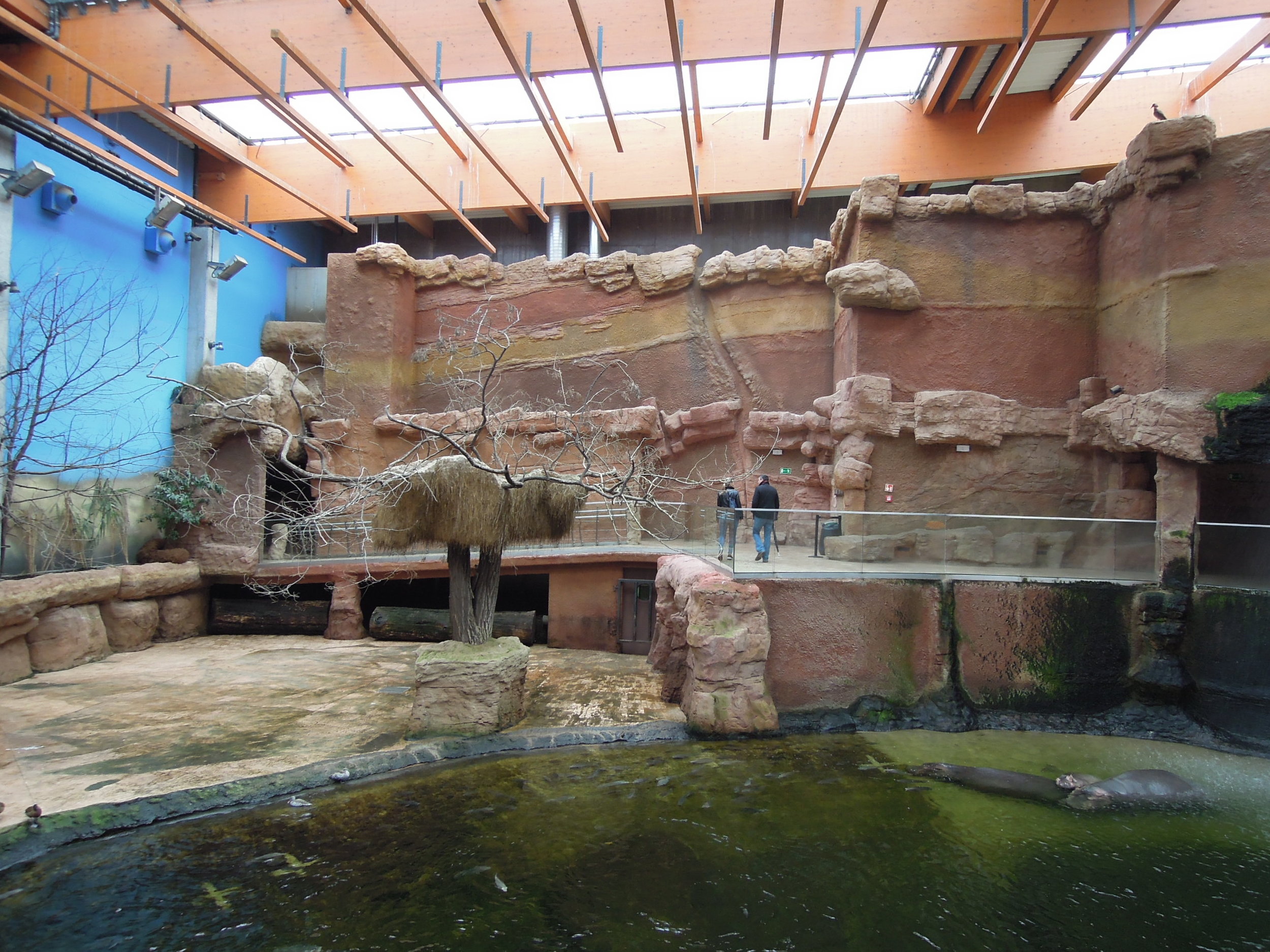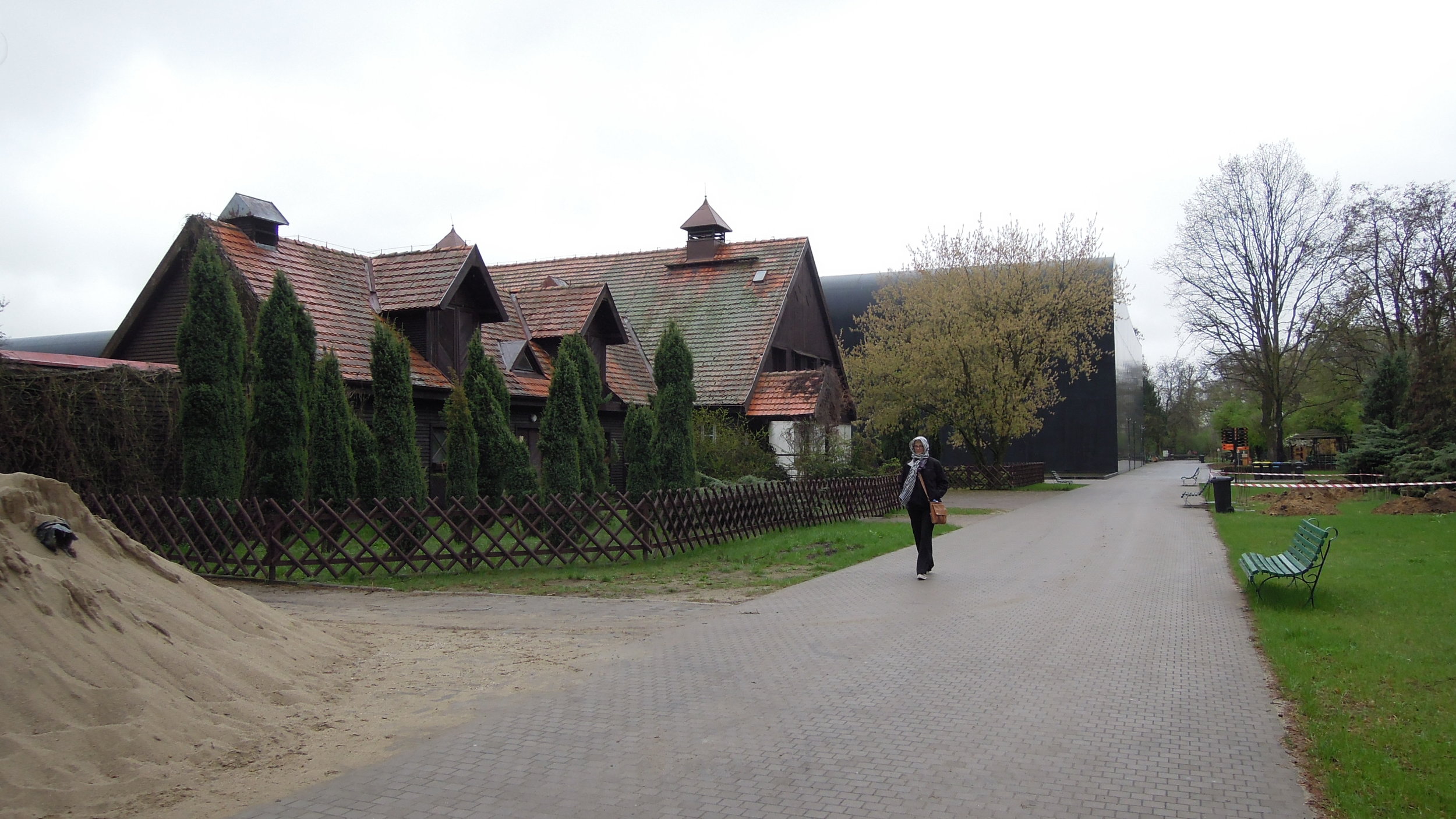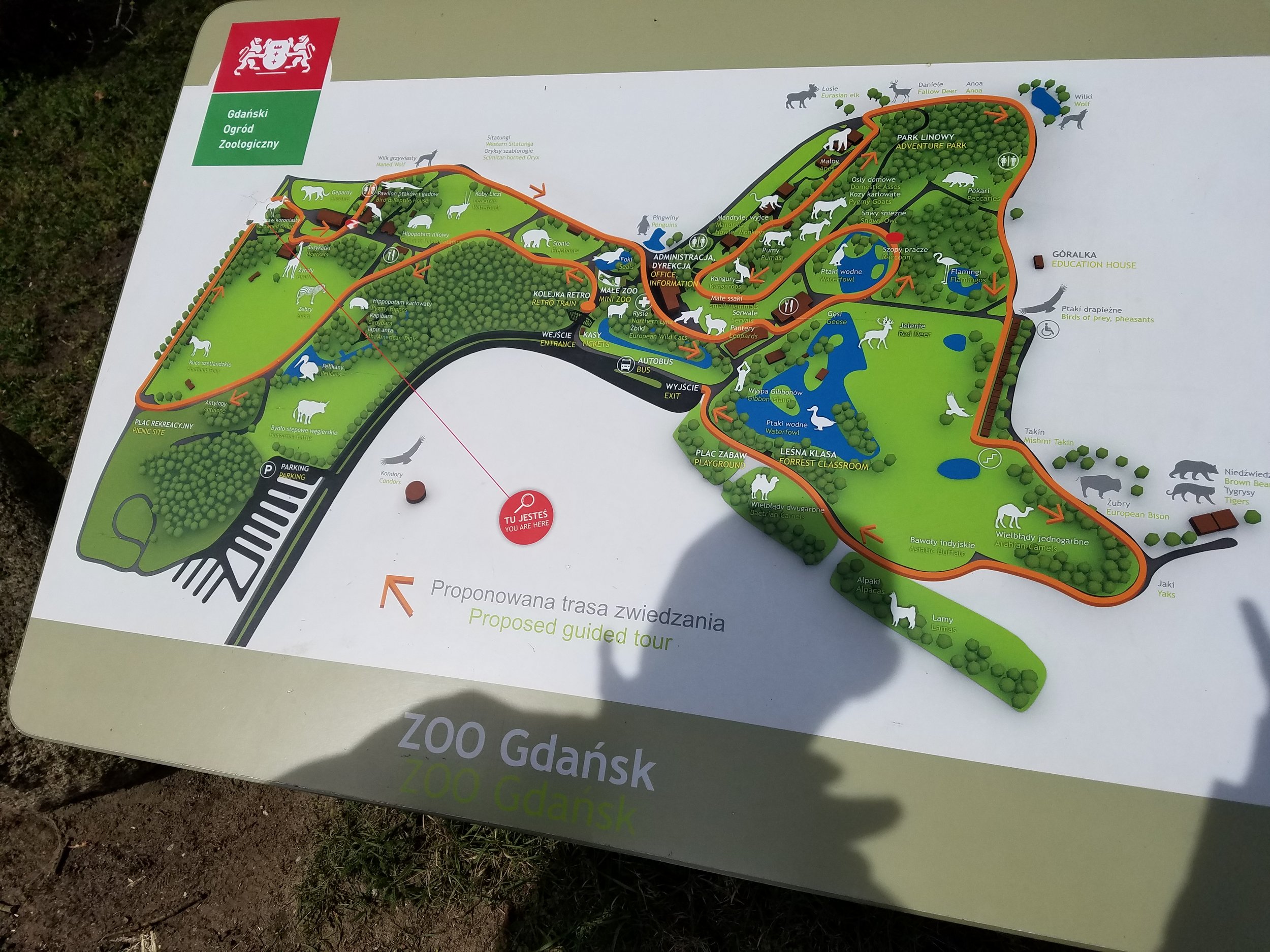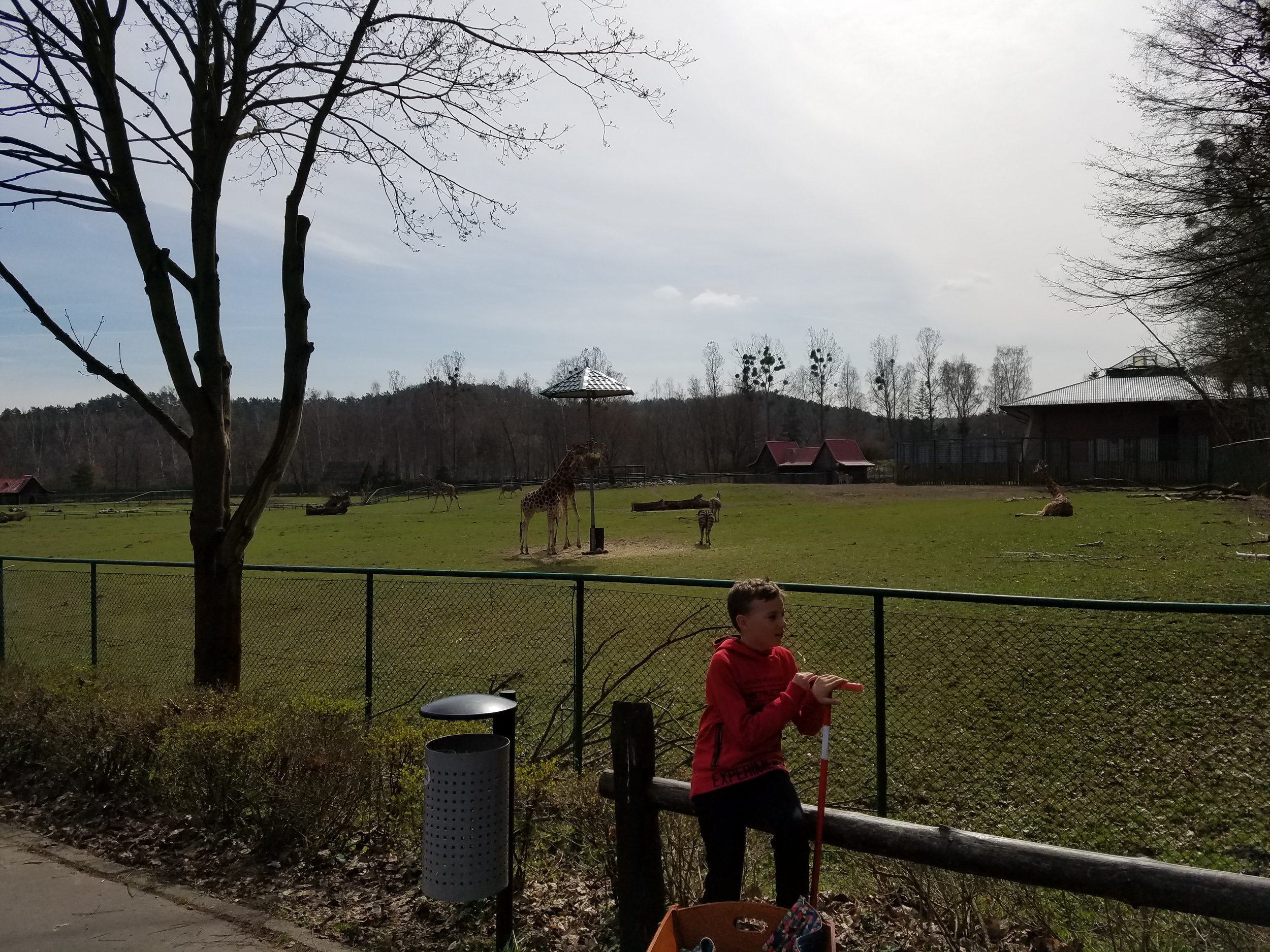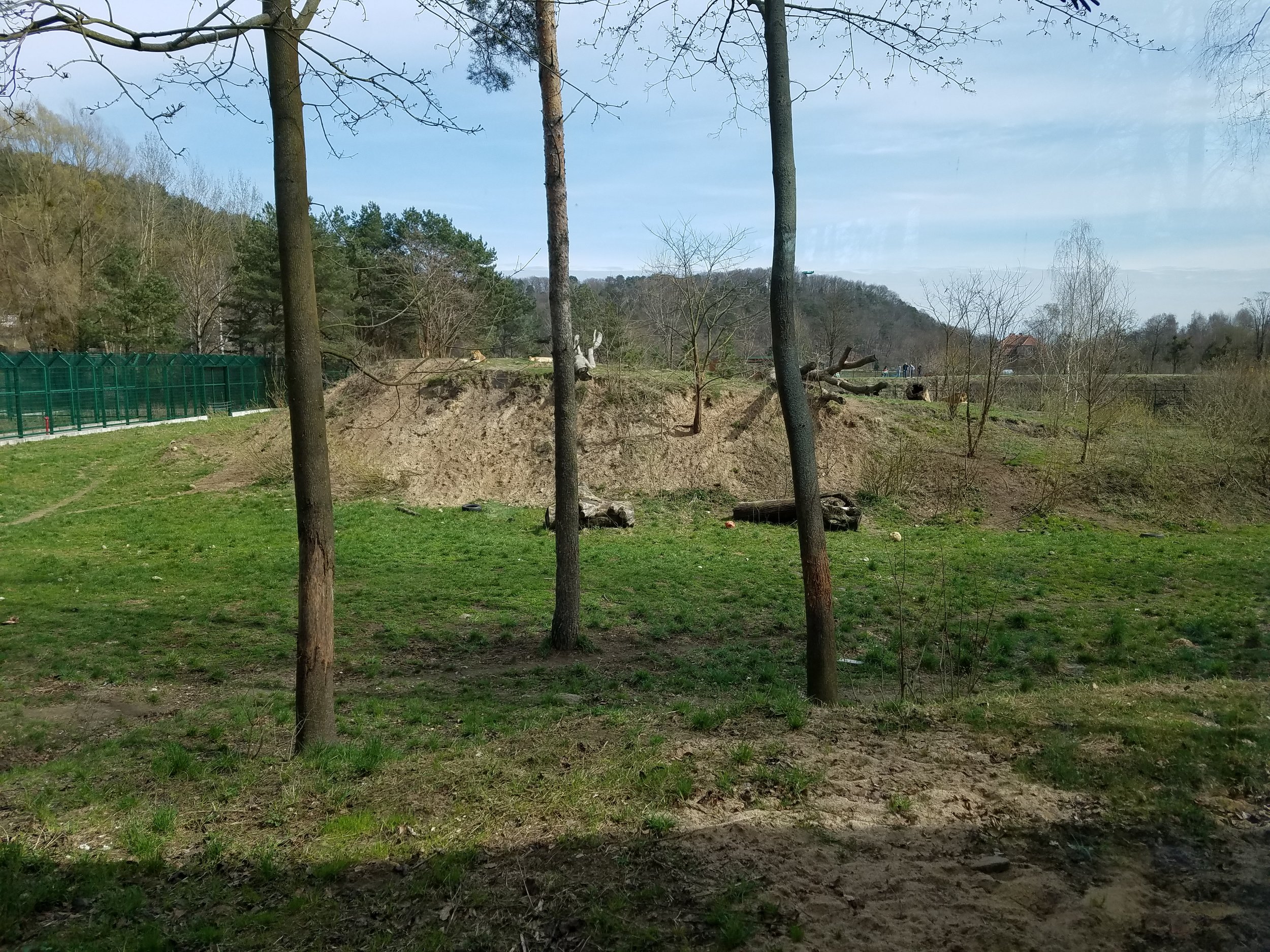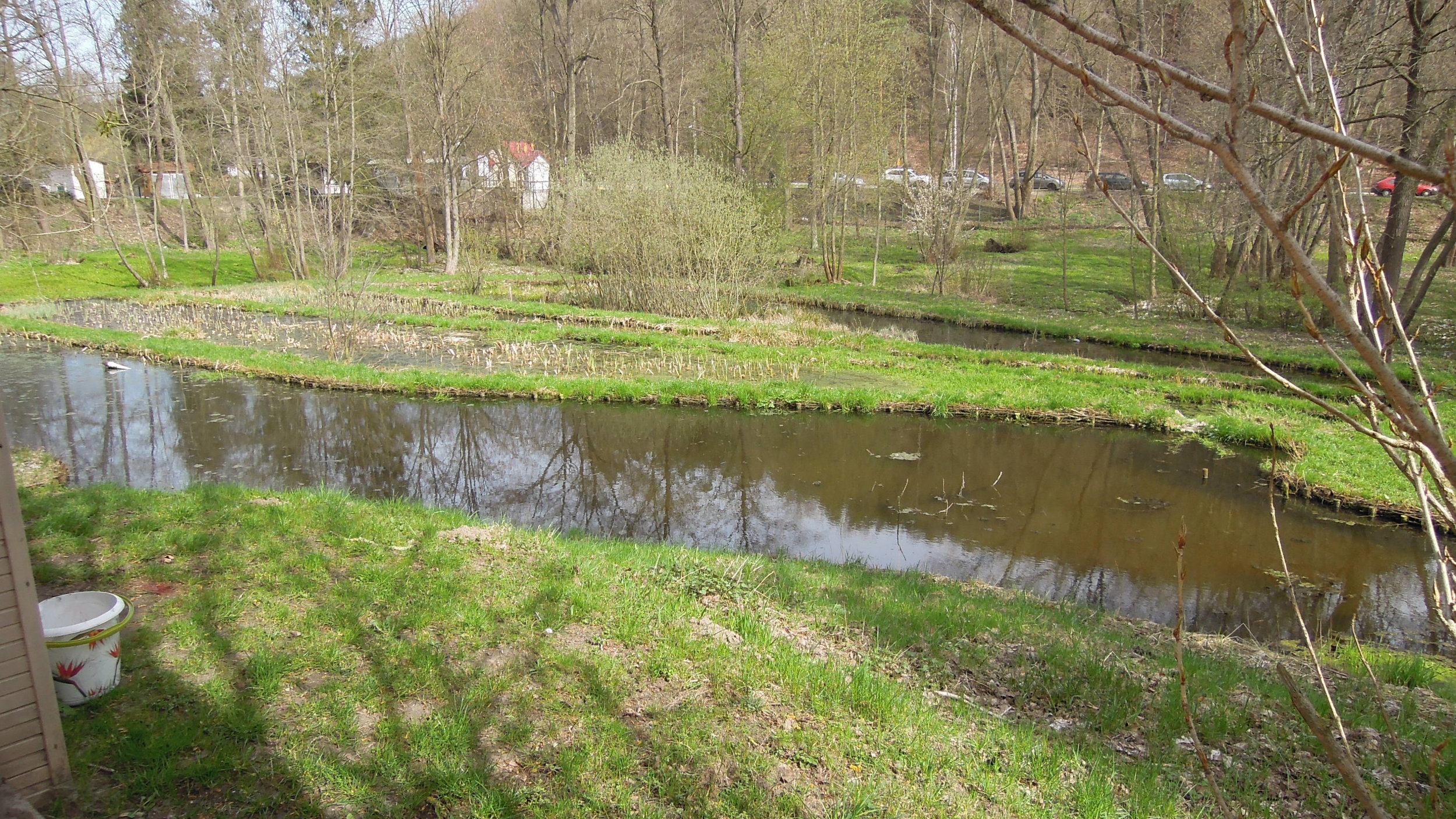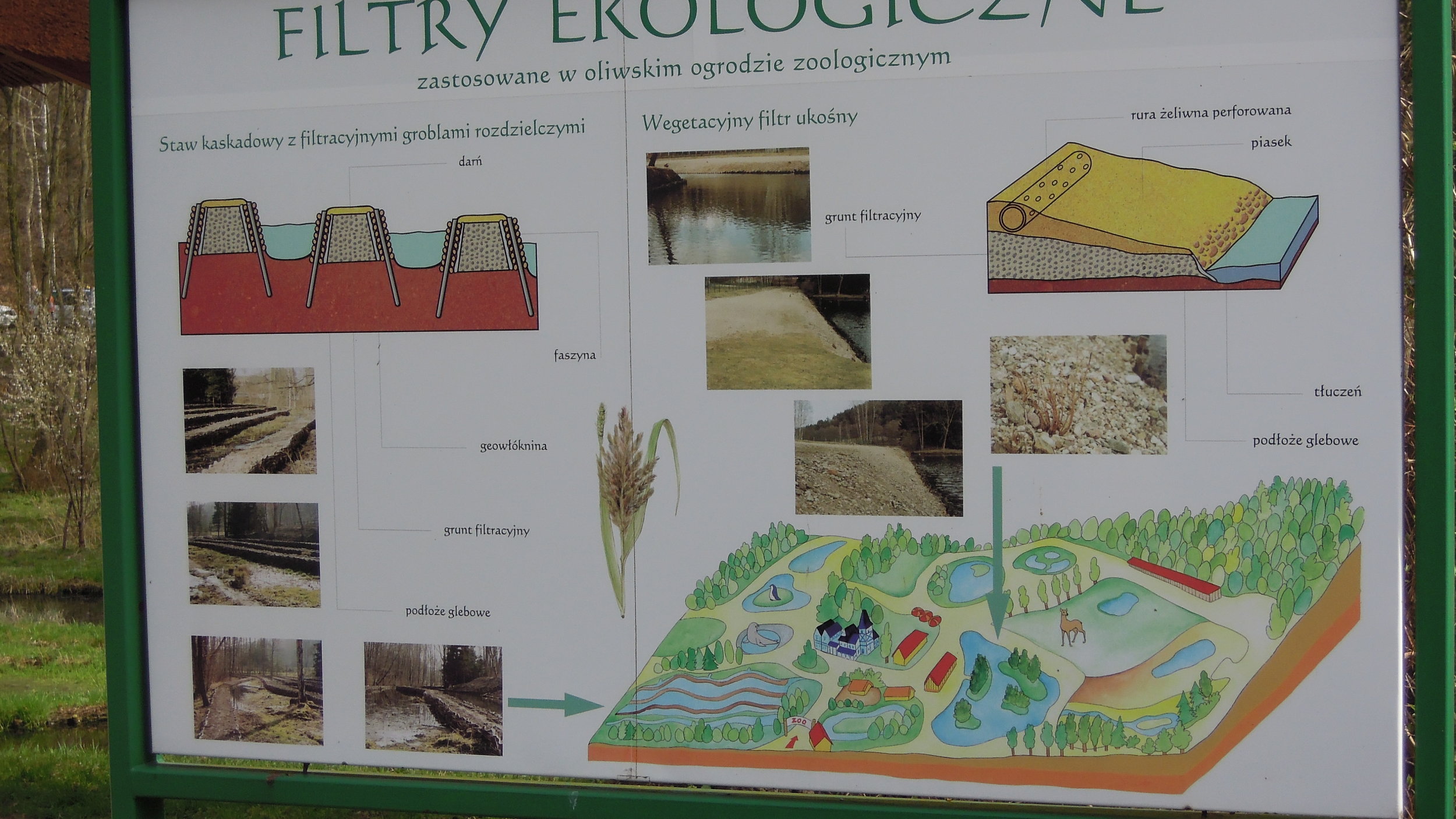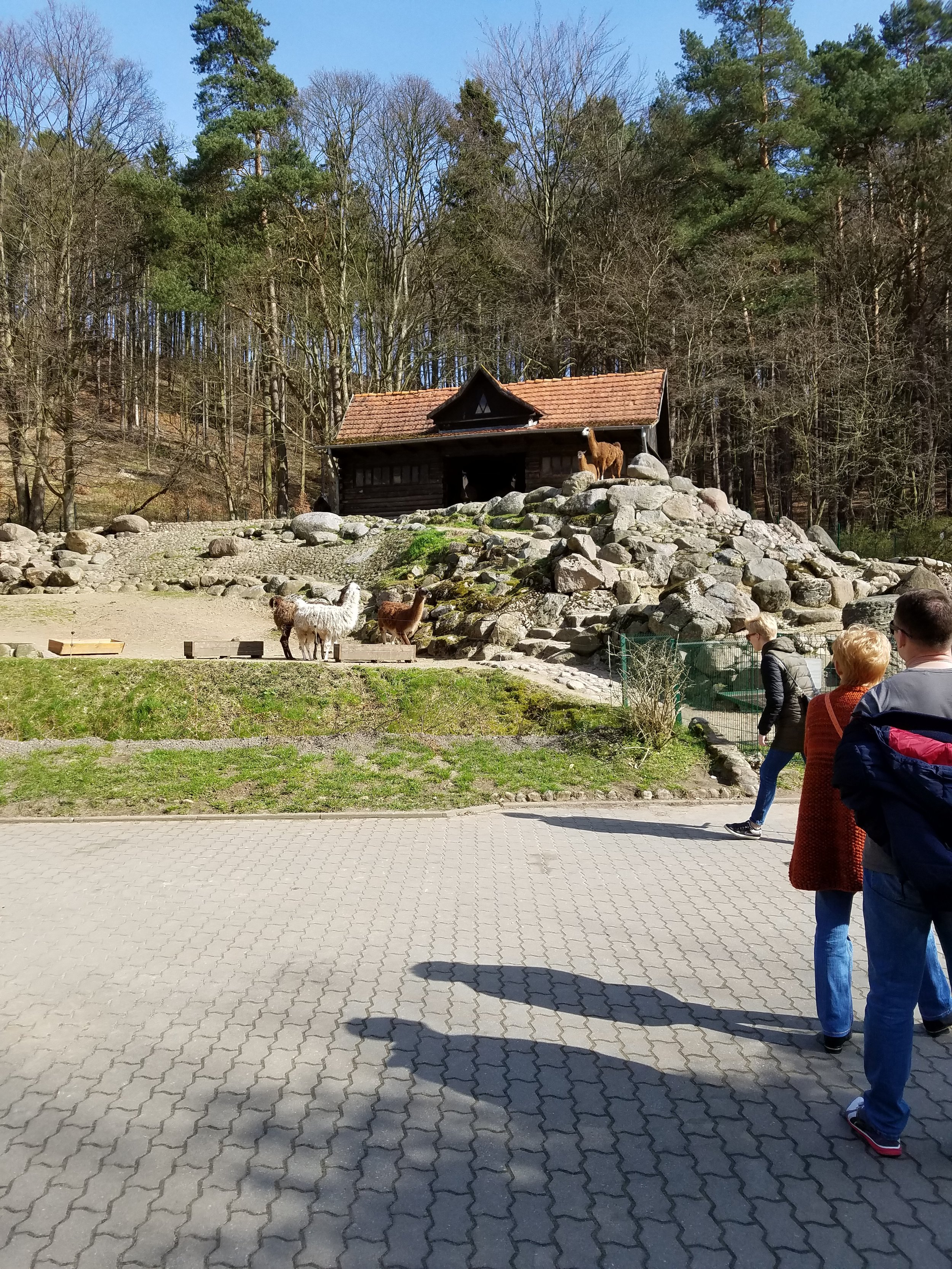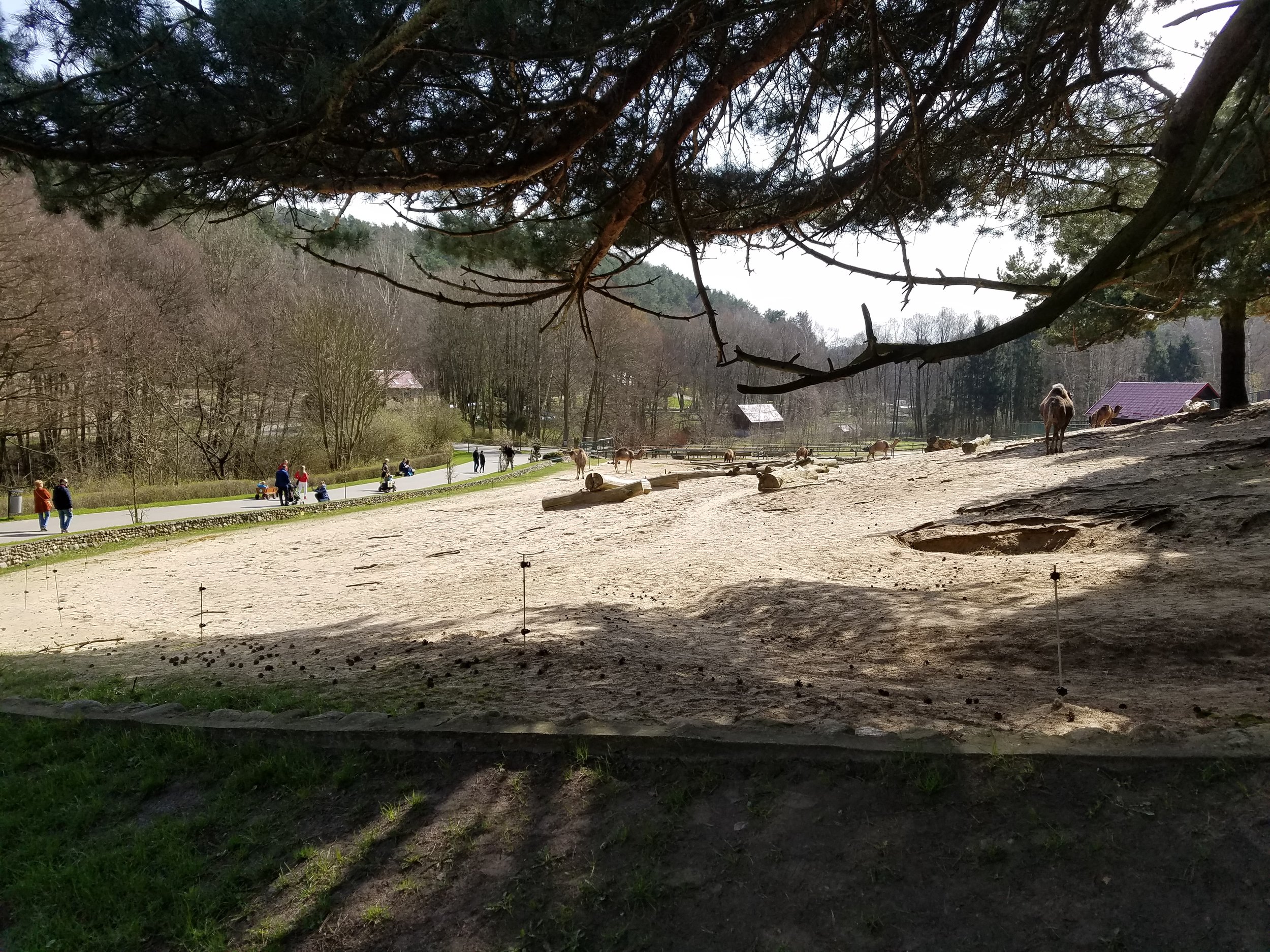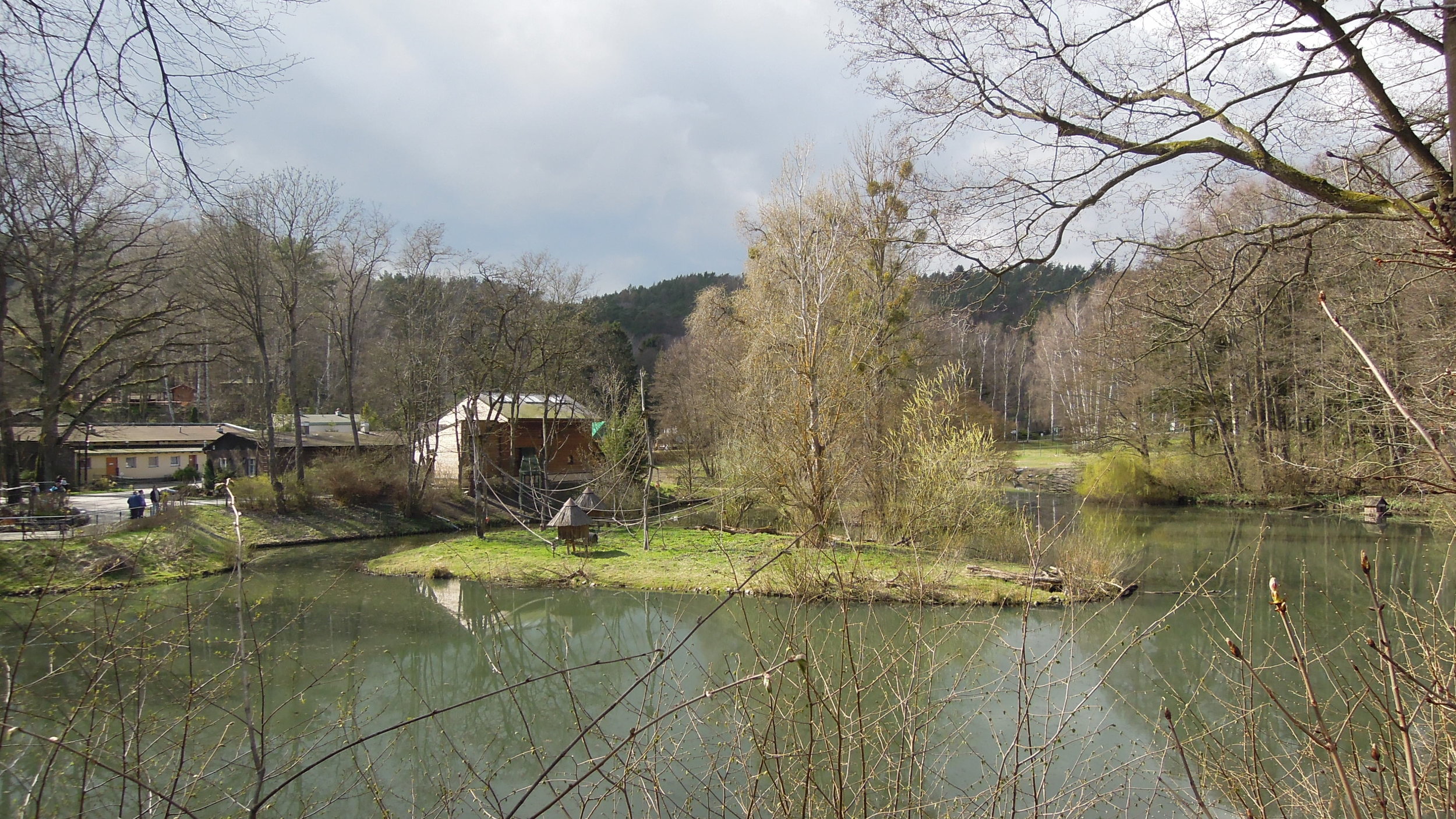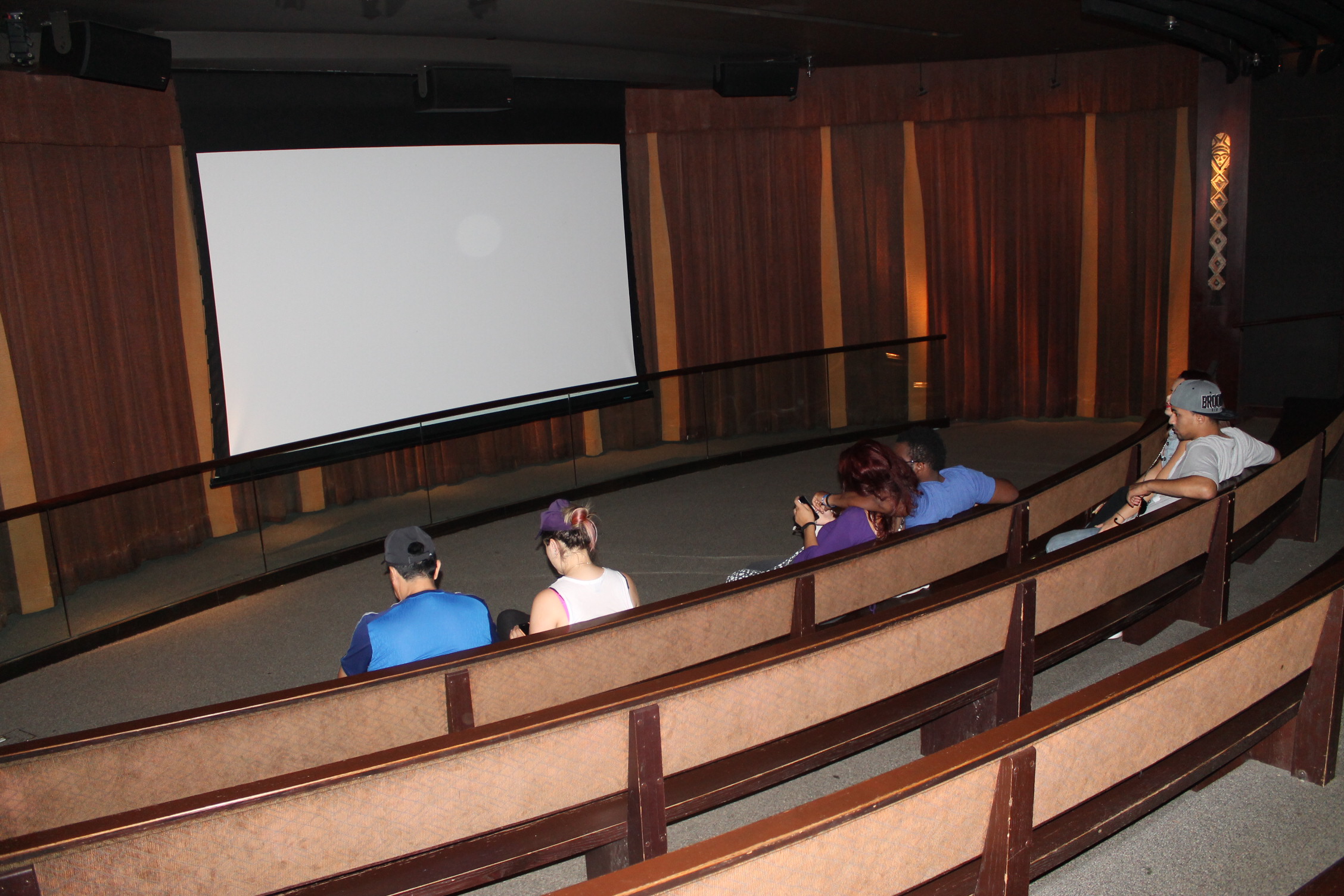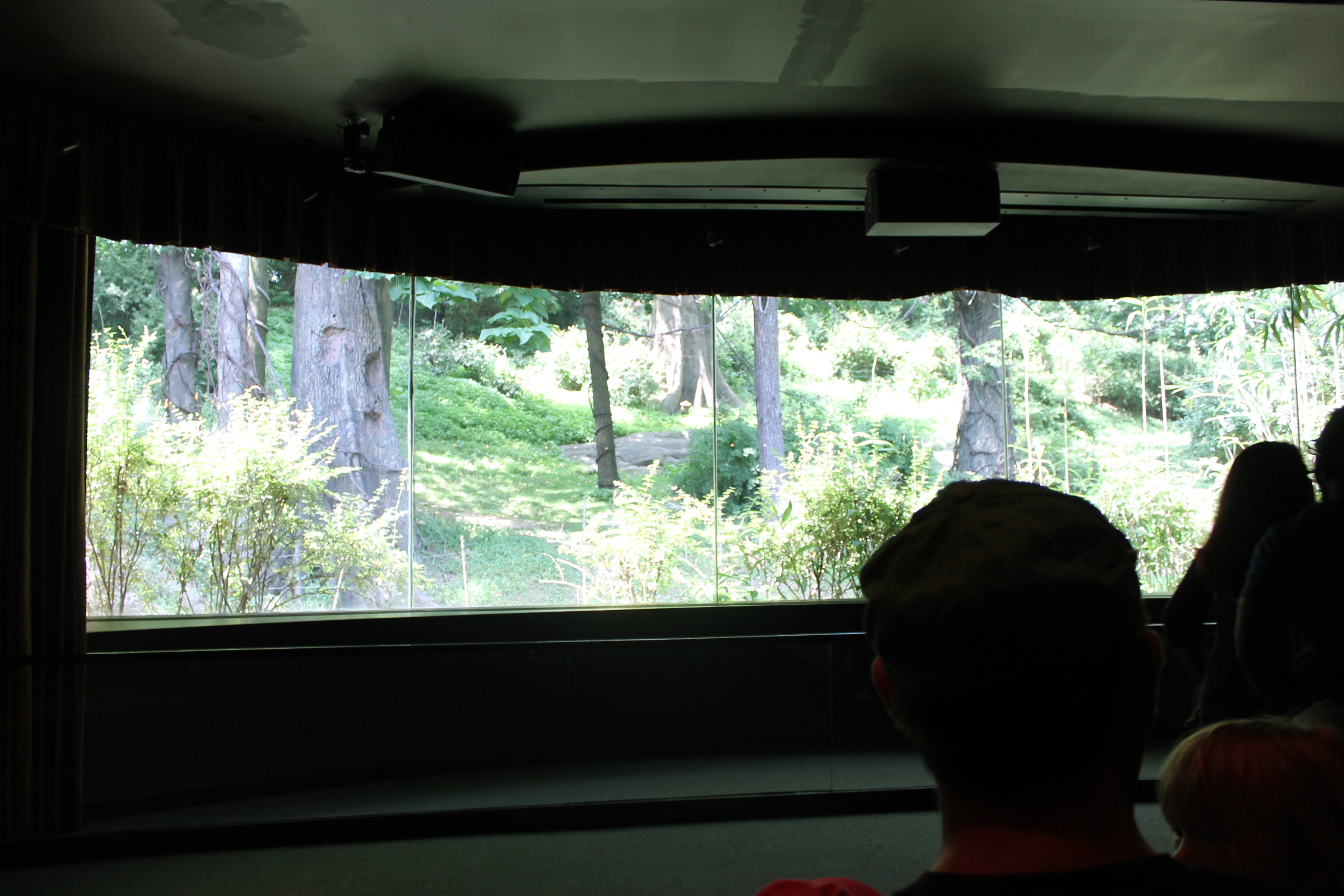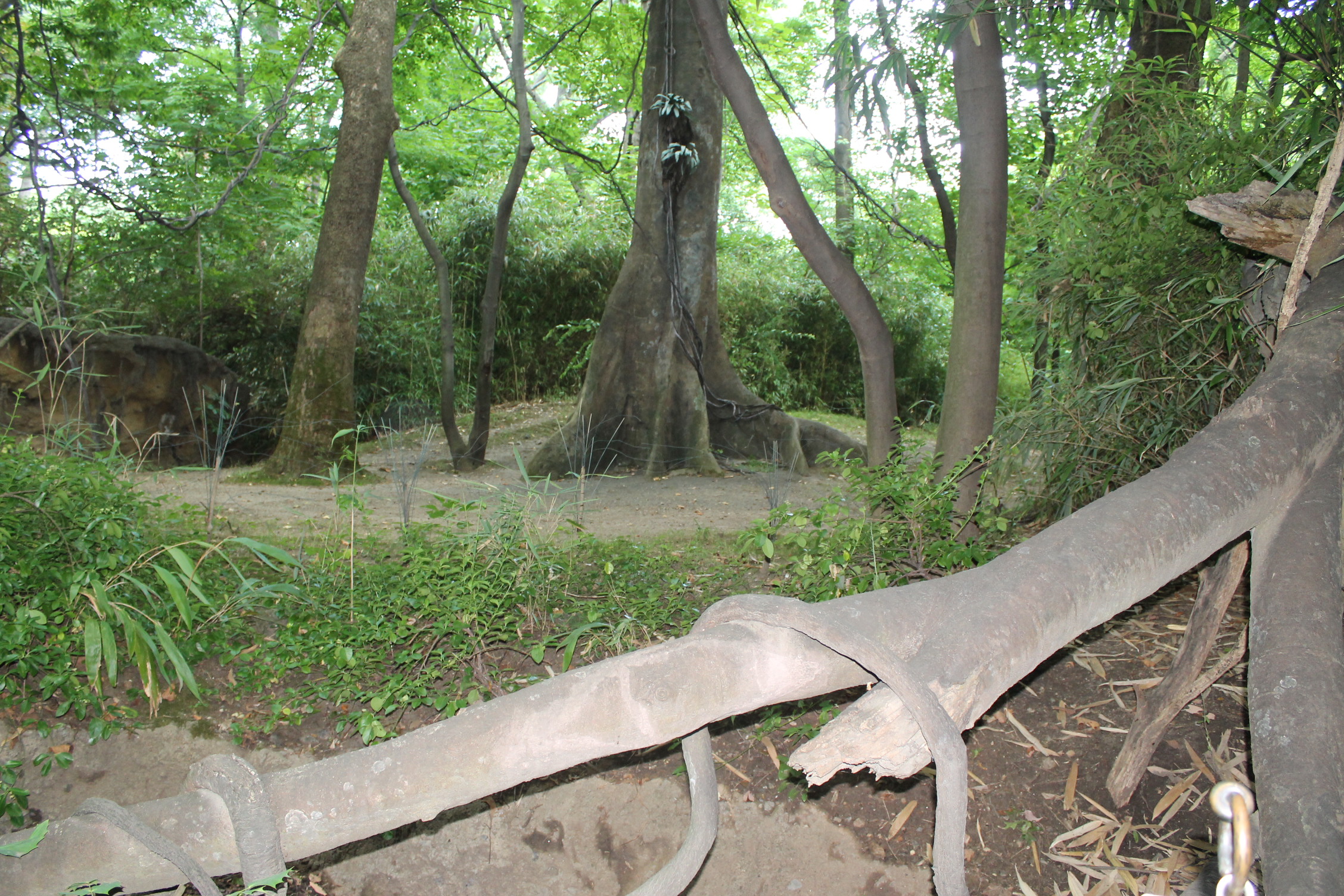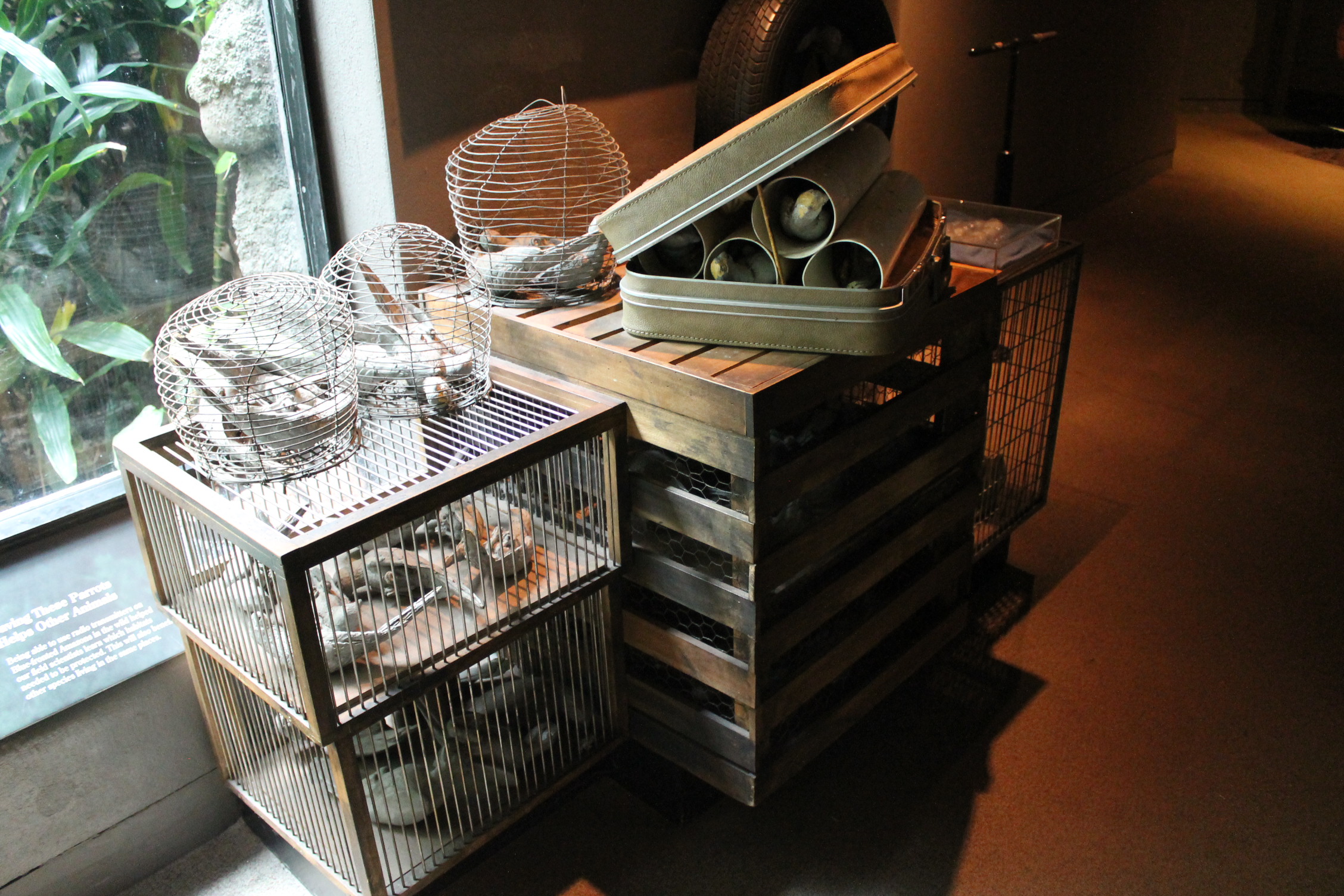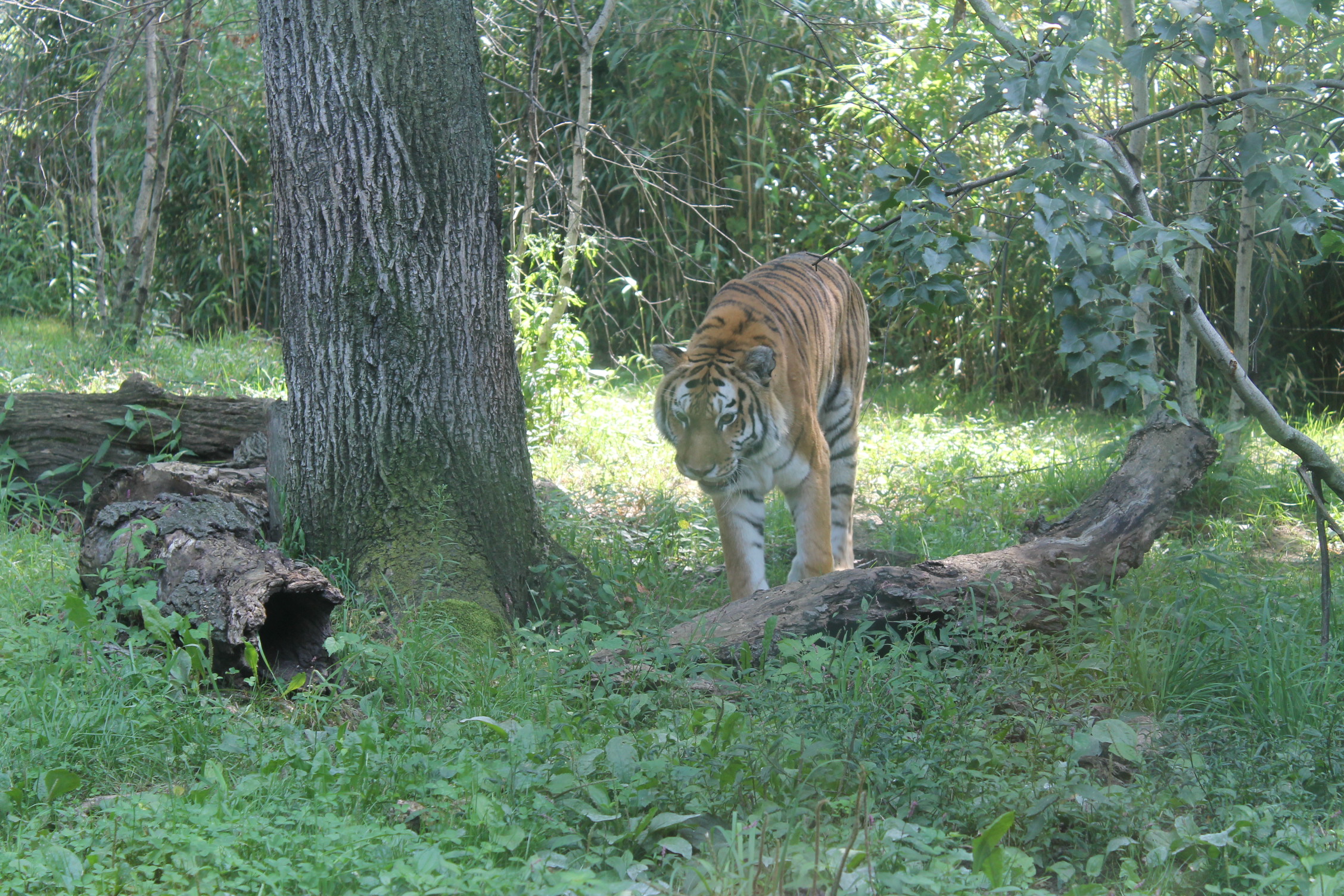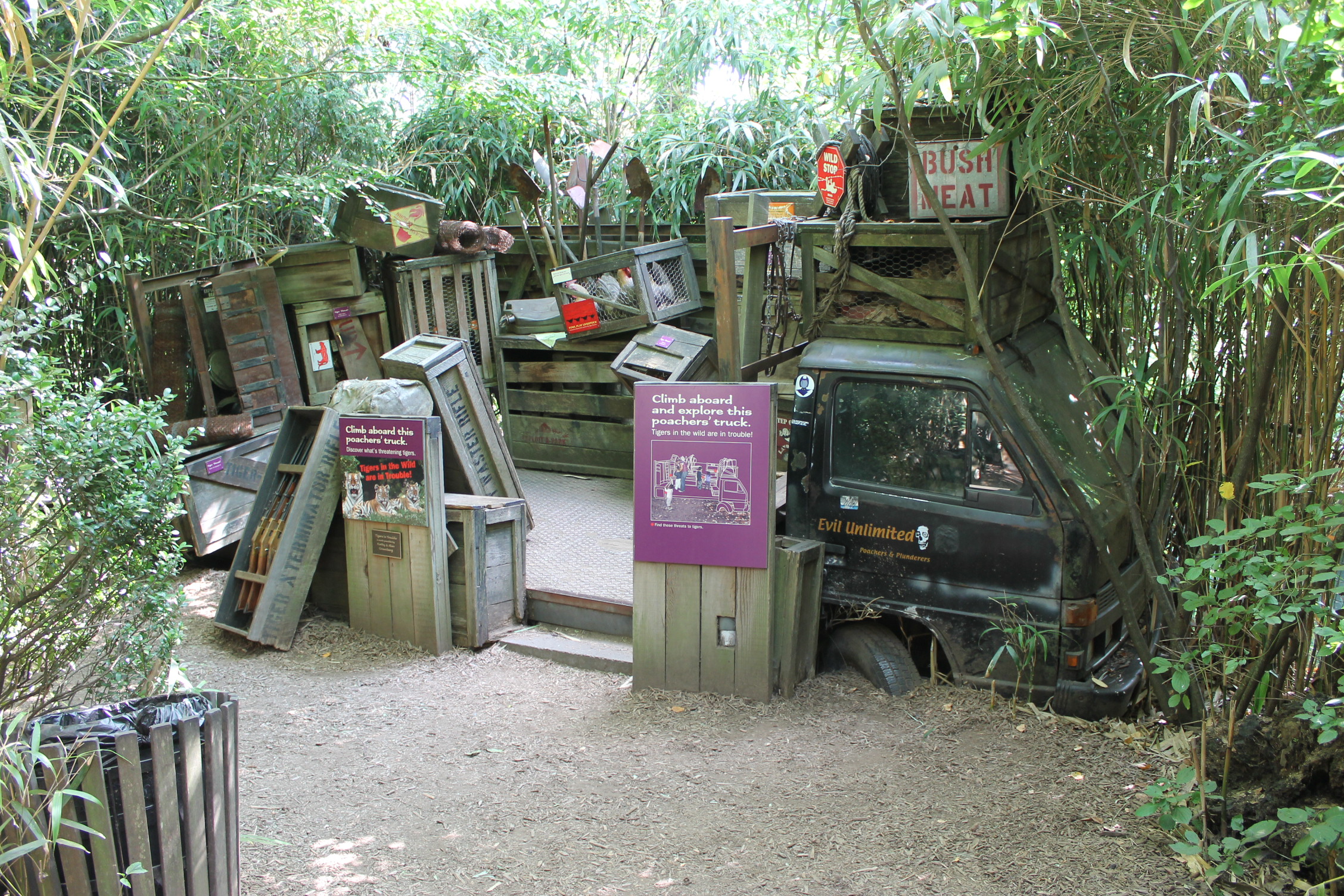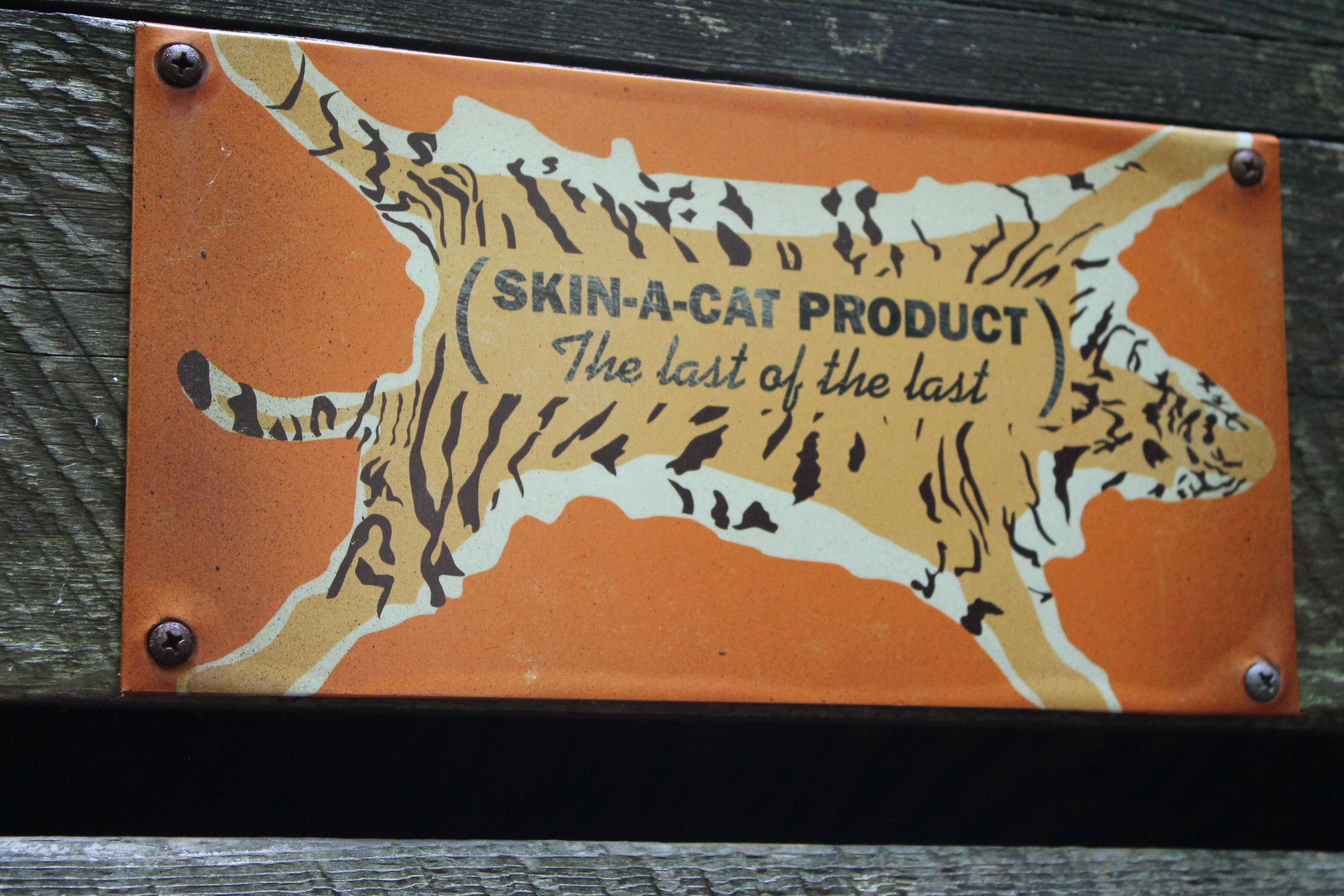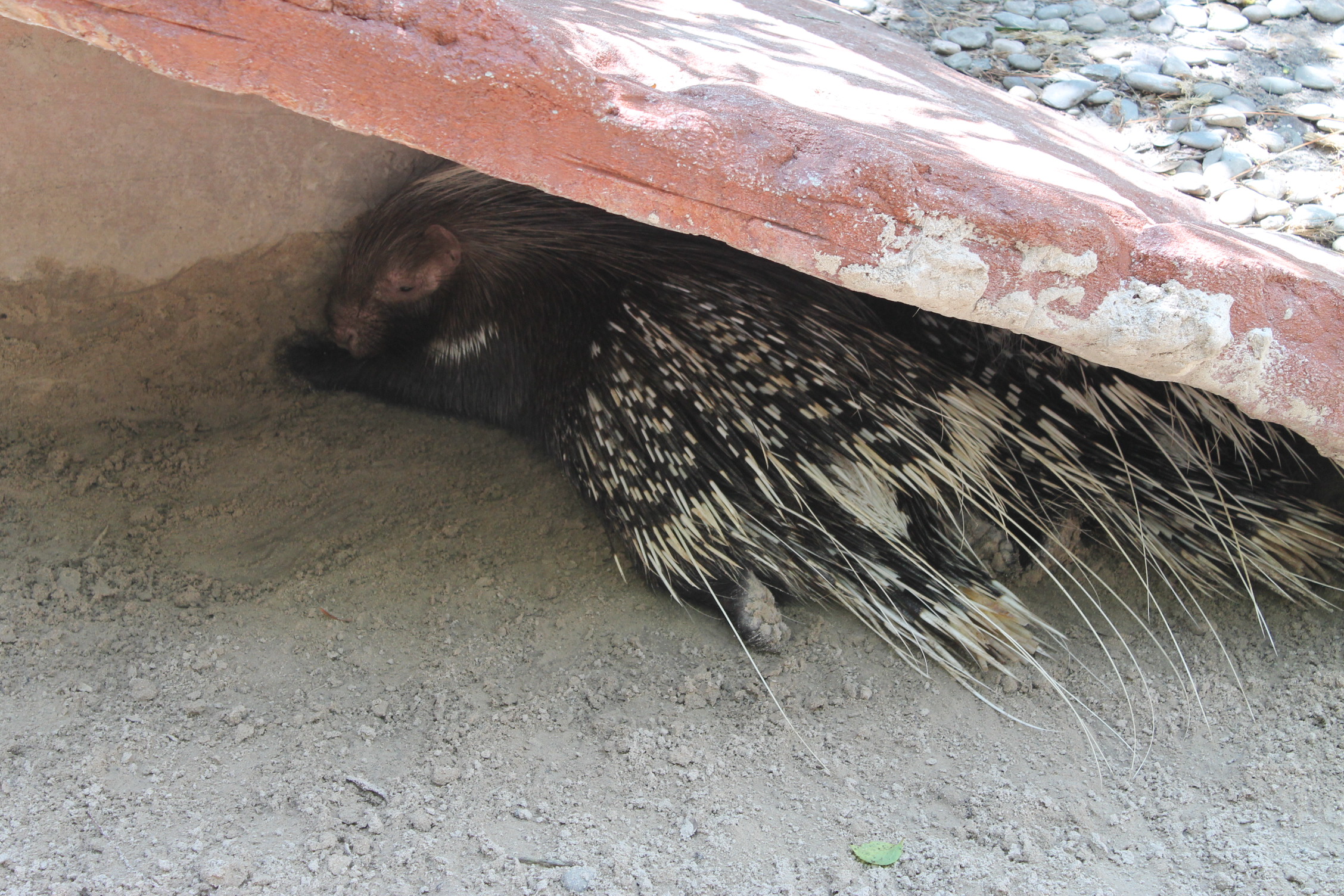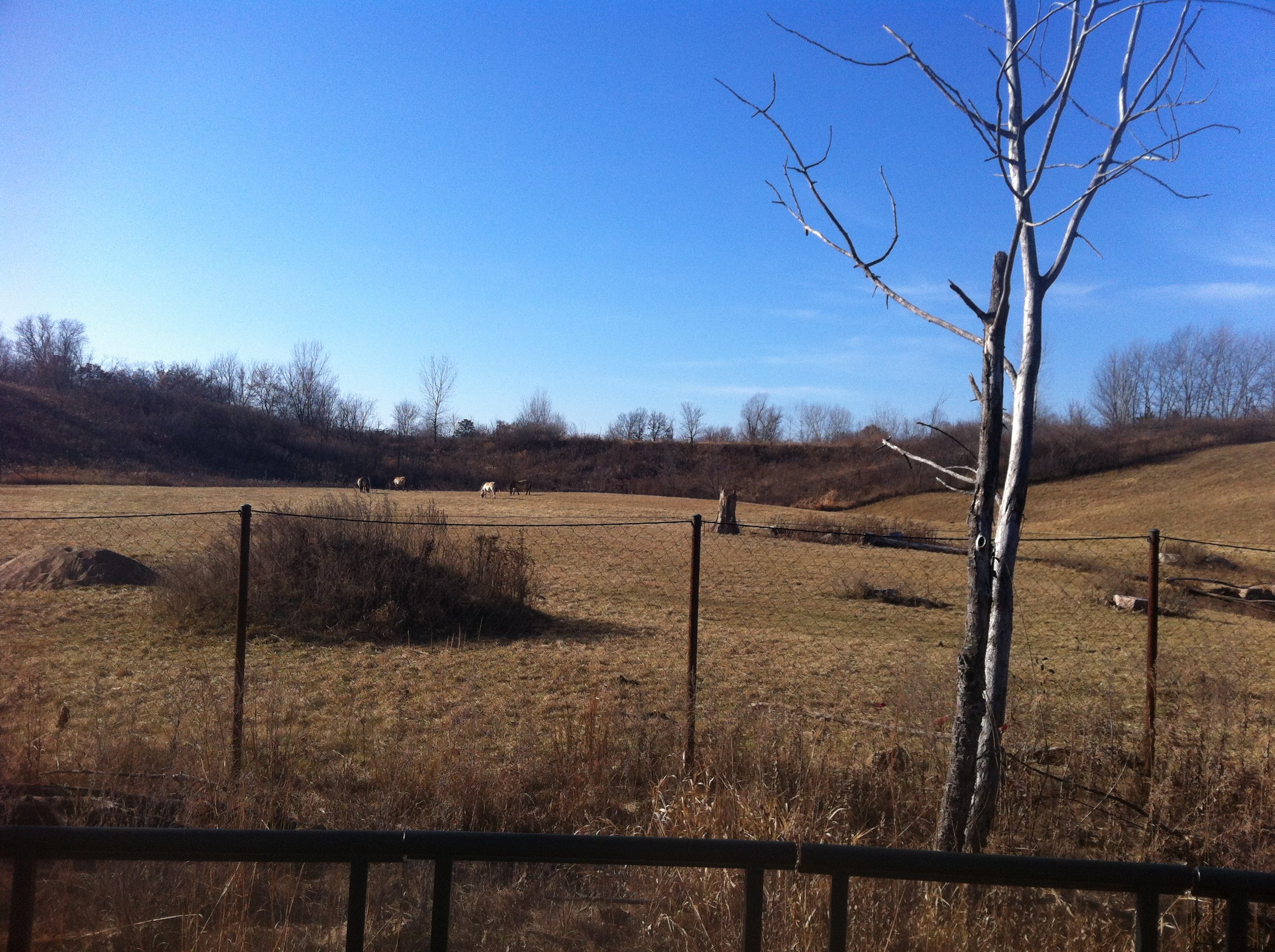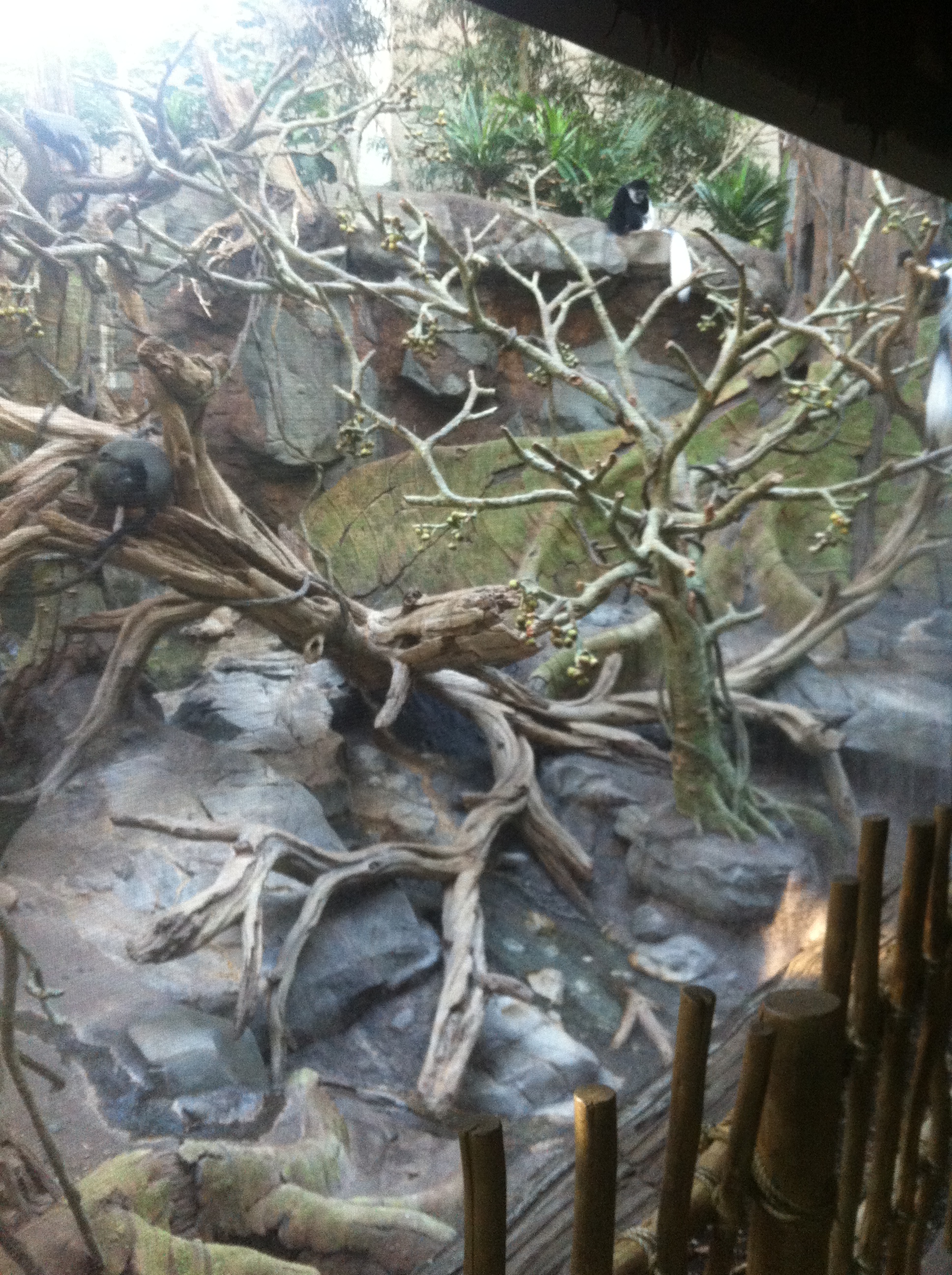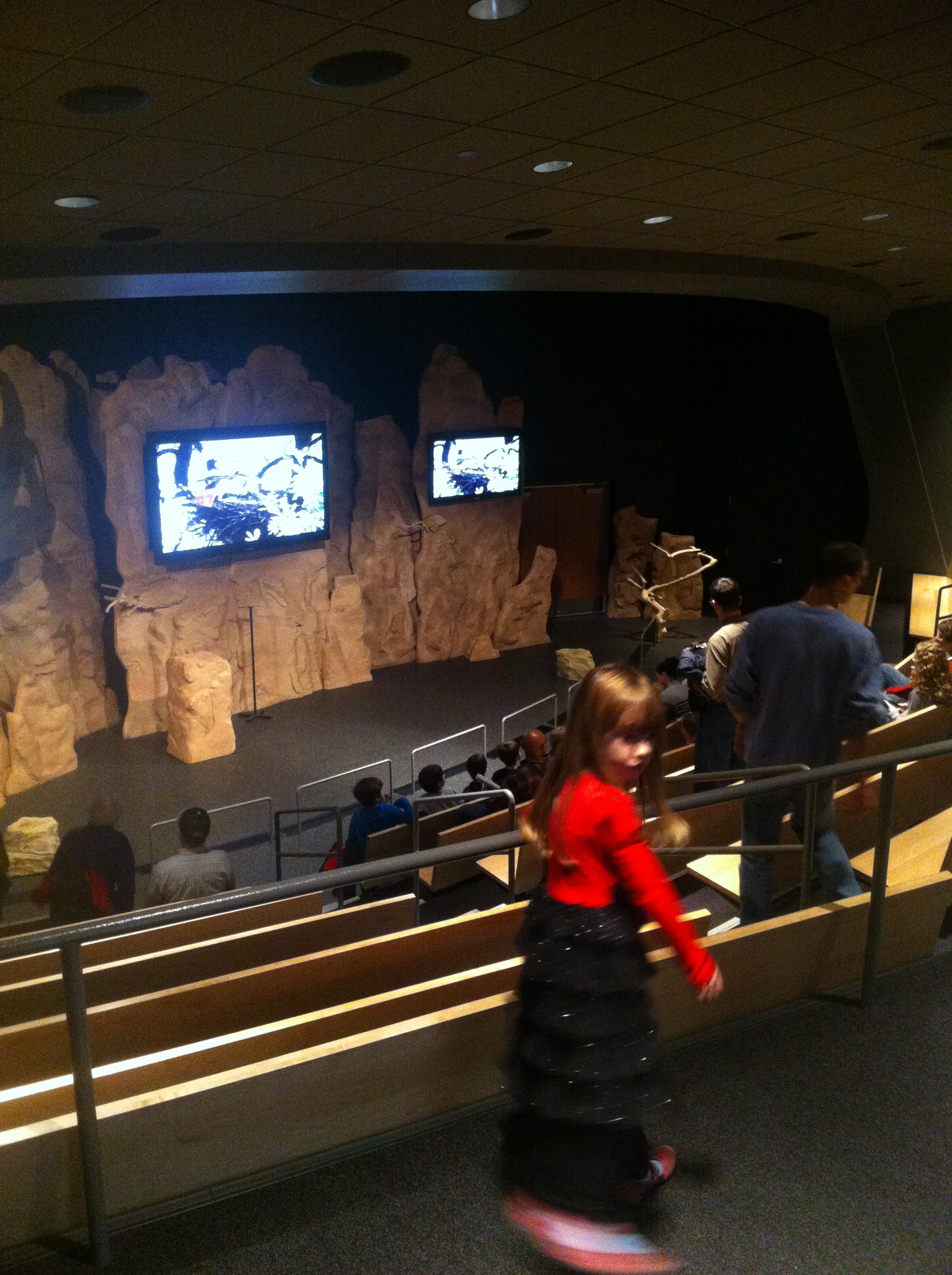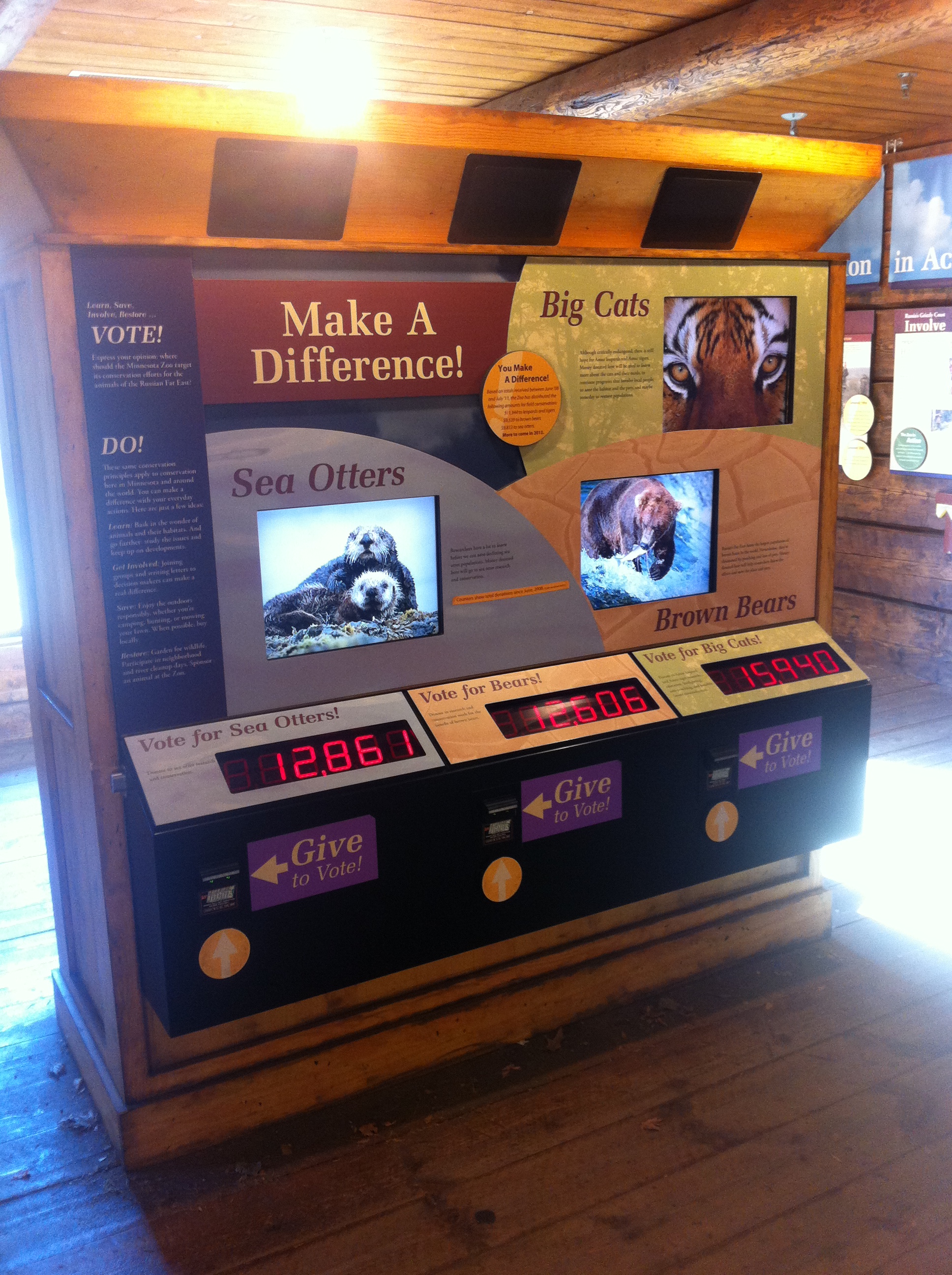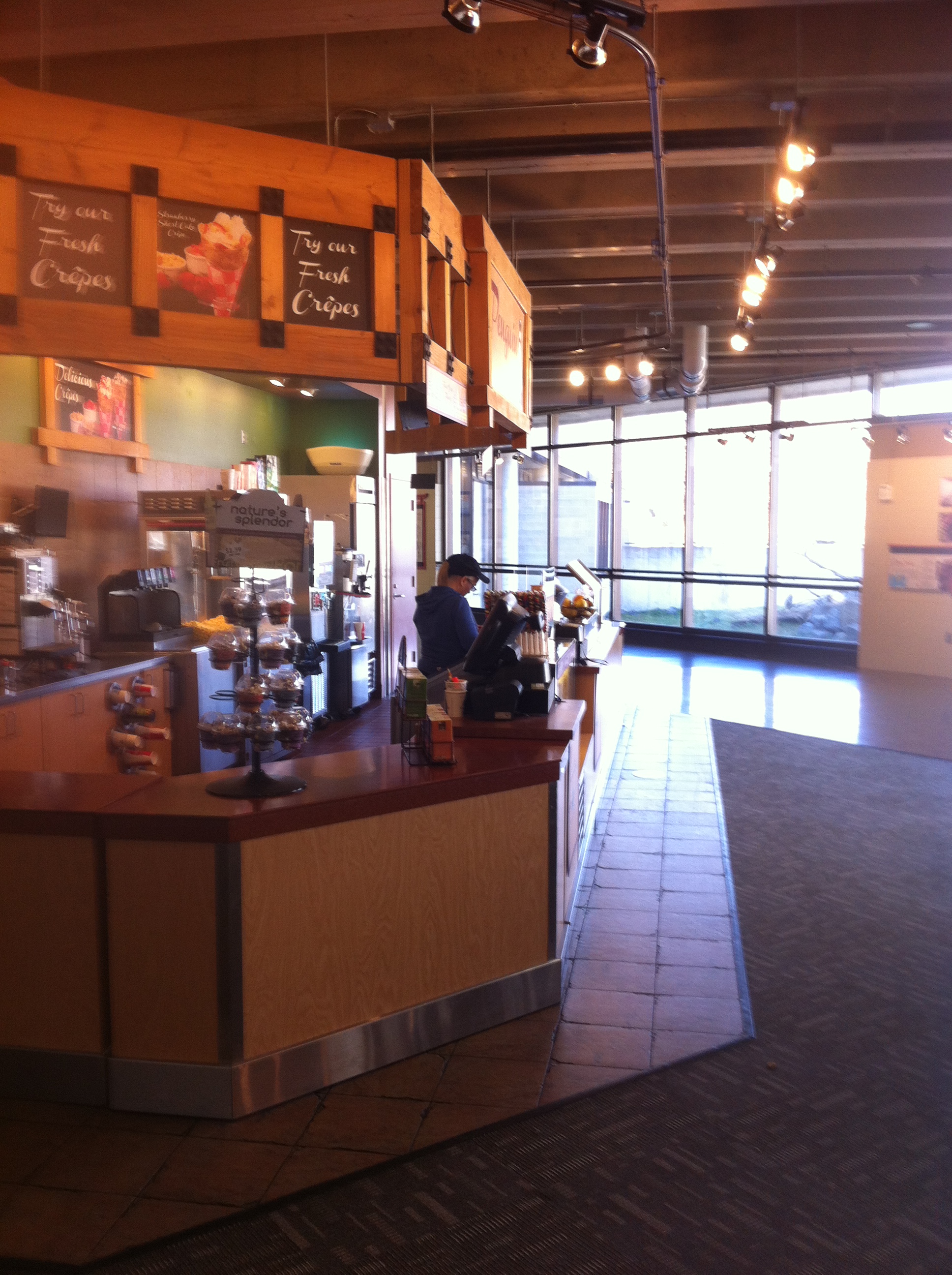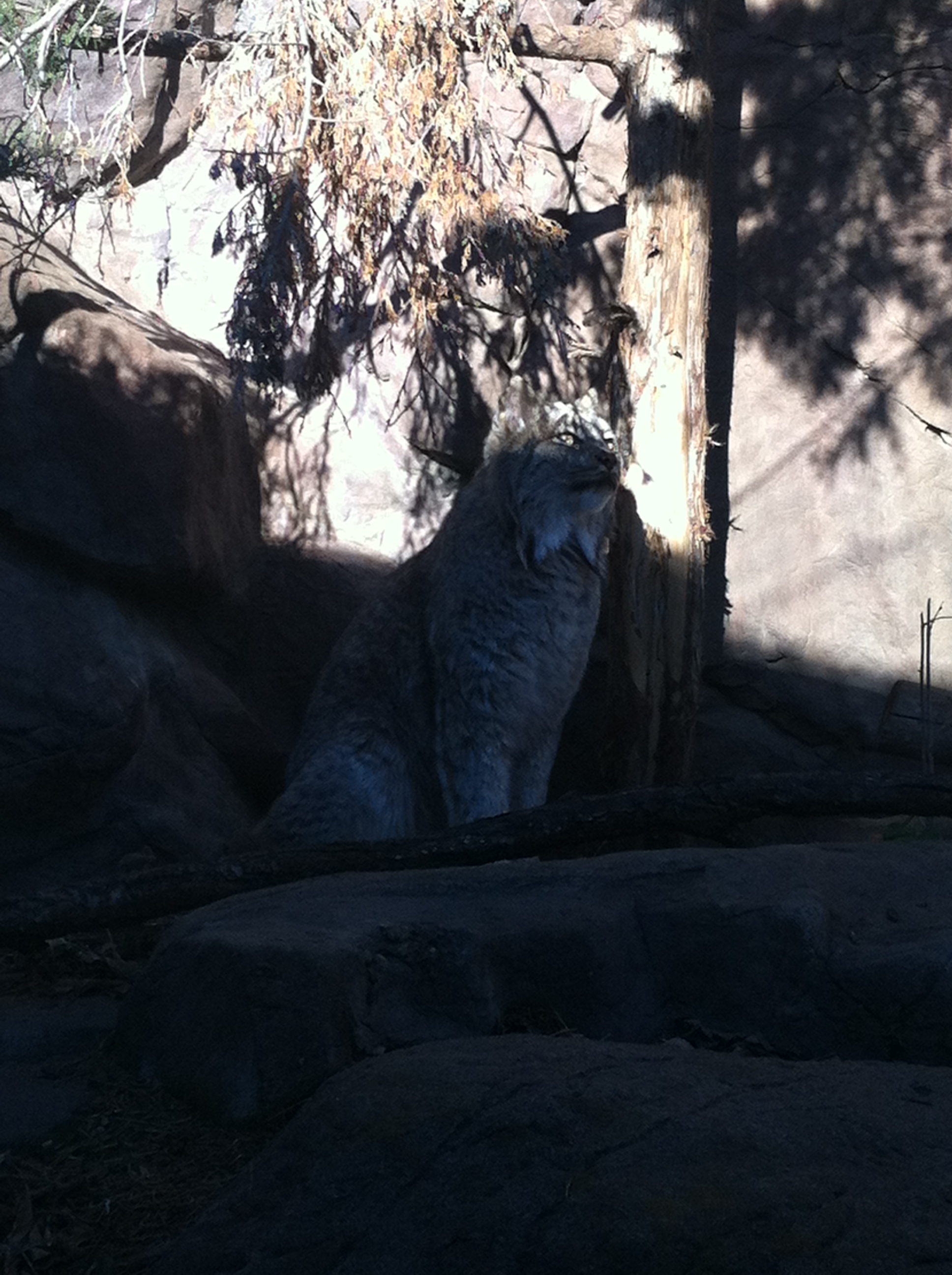Happy Anniversary! 10 Years of DesigningZoos.com
Can you believe this summer marks ten years of my little corner of the internet talking about design and the future of zoos and aquariums? Although my posting has become more infrequent as my professional life has evolved, you--my supportive and sometimes thoughtfully critical reader--remain constant. I owe you a huge Thank You for reading my ramblings, and contributing your thoughts. For funsies, I thought we'd review a few of the highlights from the past 10 years and over 200 posts!
Top Ten All-Time-Most-Popular Posts (by visits)
10. "Visitors: An Overlooked Species at the Zoo" (2013) by guest blogger and colleague, Eileen (Ostermeier) Hill. Discusses the critical importance of visitor studies at zoos, some hurdles to studies, and the role of designers relative to visitor studies.
9. "The Future of Zoos: Blurring the Boundaries" (2014) a second entry by guest blogger and obviously brilliant colleague, Eileen Hill. Powerpoint presentation with script about trends in zoos today and how they may play out into zoos of the future. Eileen proposes zoos of the future will by hybrids of multiple science based institutions.
8. "St. Louis Zoo's SEA LION SOUND" (2012). Showcasing the then-new exhibit at the Zoo including fly-thru video, photos of new exhibit, and interview with one of the architects from PGAV Destinations who helped bring the design into reality.
7. "SAFARI AFRICA! Revealed at Columbus Zoo" (2012). Announcement of the ground-breaking of the eventual AZA Top Honors in Design award-winning Heart of Africa (renamed). Includes renderings and site plan.
6. "Underdogs: The Appeal of the Small Zoo" (2013). Exploration of what makes small zoos so appealing to visitors, and meaningful to work for as a designer. Features Binder Park Zoo, Central Florida Zoo, and Big Bear Alpine Zoo.
5. "In Marius' Honor" (2014) by guest blogger and now Project Manager at the esteemed Monterey Bay Aquarium, Trisha Crowe. Trisha explores her emotional reaction to the Copenhagen Zoo's disposal of Marius the giraffe, and implores readers to support zoos, no matter your stance on animal rights.
4. "Small and Sad: Dubai Zoo's Relocation on Hold Again" (2009). Occurred to me today, should have been title "Small and SAND", but the sad state of the old zoo is what made this post so popular. Includes design plans and renderings--which I am sure are woefully out of date. Anyone have any updates??
3. "How to Become a Zoo Designer" (2014). After about 25,000 emails from aspiring zoo designers asking similar questions, I just went ahead and wrote it up to shortcut a step... Still, feel free to email me--I always write back. Let's be pen pals!
2. "The Next Zoo Design Revolution" (2008). One of my very first posts, which explains the popularity. Some say naïve, some say gutsy look at incremental revolution in zoos. The future of zoos has been examined at least 300 times since this one, but in re-reading, I see some kernels of accuracy. Expect an update soon...
And in the #1 spot....
1. "A Quick Lesson in Zoo Design History" (2008). Perhaps my second post ever, which again explains it's number 1 spot. A not-as-advertised look at zoo design history which, I have a feeling, has been referenced by many of the 25,000 students (above) in their zoo projects. Holla at me if you cited me!
Top Ten Recommended Reads for Zoo Designers (aside from those above)
10. "To Safari or Night Safari" (2008). I'm a sucker for the title. But this post examines the very slow to catch on trend of after-hours programming or extended zoo hours as a feasible method to increase attendance. Post-posting amendment: in particular, this is a great strategy for targeting adults without kids.
9. "Does Winter Have to be a Dead Zone at the Zoo?" (2013). I cheated a little on this one. I didn't actually post to DZ.com, but to my blog at Blooloop.com where many of my more recent posts have been landing. This one discusses another strategy to increase attendance by targeting the most difficult time of year for temperate zoos: winter.
8. "Zoo Exhibits in Three Acts" (2011). Storytelling in zoo exhibits, told through, what else?: a story.
7. "8 Characteristics of Brand Experience" (2018). A new one! Understanding what makes strong brands so very strong is important and applicable to new attractions at zoos and aquariums. Examined through the lens of non-zoo brands, like my fav: OrangeTheory.
6. "Interactivity and Zoos" (2013). Examining the different modes of interactivity that are available in zoos, and how they can be applied to experience. A good primer.
5. "How Animal Behavior Drives Zoo Design" (2011). Starting with animals in design can be overwhelming. What information is pertinent to a designer, and what is just interesting to know. Another good primer for learning the basics of zoo design.
4. "Chasing Big Cats: Snow Leopards and Perseverance" (2017). Being a good designer is about so much more than just having cool ideas and being able to communicate them well. Learn the qualities intangible qualities that make good designers, GREAT. Don't be afraid...hint, hint.
3. "Making Responsible Tacos: Conservation Brand Perception at Zoos and Aquariums" (2015). Adapted from a talk I gave, I examine how aspirational brand should translate to experience in zoos and aquariums using the popular taco analogy. Yum. Tacos.
2. "Five Zoo Innovations that have been around for Decades"Part 1, Part 2, Part 3, Part 4, Part 5 (2014). Again, pulled from Blooloop. A series of 5 posts examining design elements and characteristics that American zoos have been implementing for decades. This series was an angry reaction to the 'revolutionary' design of metal pods floating through a zoo in Europe. A woman scorned...publishes 5 posts to prove how you don't know anything about innovation. Ha!
1. "Zoos in a Post Truth World" (2017). What every zoo and aquarium advocate needs to consider in this continued atmosphere of skepticism, critique, and distrust. As a zoo designer, you must be aware of changing perceptions and the power we have to shape them.
Top Ten Things I Learned in the Last Ten Years (Blogging or Otherwise...)
10. I'm not shy; I'm introverted
9. How to poop in a hole while wearing 3 three layers of snow pants
9a. Always pack enough Pepto tabs (at least 2 per day while away)
8. I'm not good at social media (see: 10 years of blogging and 600 Twitter followers, probably mostly for cat pics)
7. And speaking of cats, the rubbery buttons of a TV's remote control makes said remote an easy tool to remove cat hair from sofas and pants
6. I sleep better when flying in Business Class
5. Always pay the extra money to hire movers to load and unload that U-Haul
4. Writing isn't hard. Just start typing and...
3. Confidence
2. I lose all 'adultness' around ice cream and baby animals
1. Zoo and aquarium people are really the best people in the world.
Here's to many more decades of Zoo & Aquarium design!
With love and respect--
Your friend, Stacey








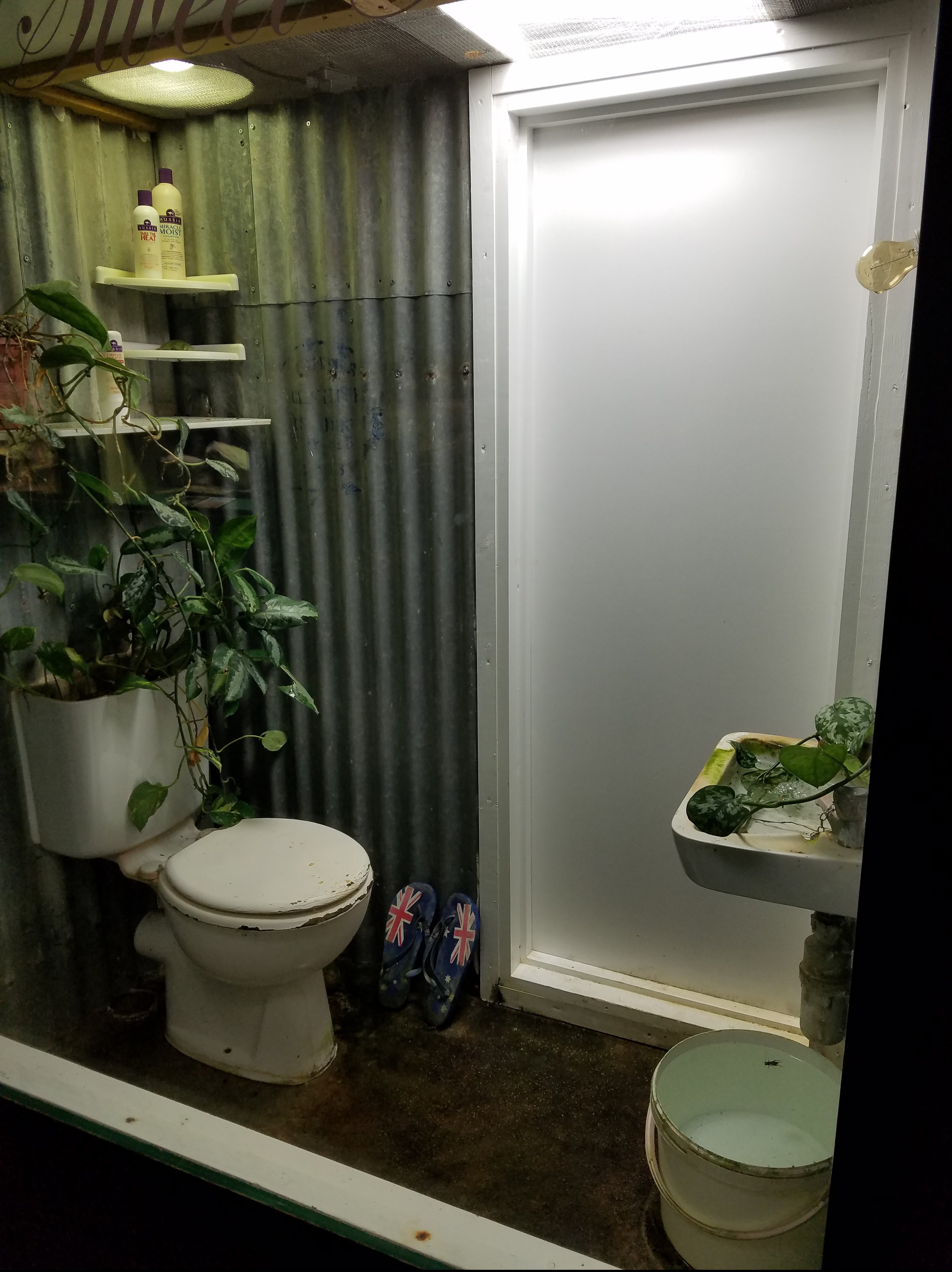
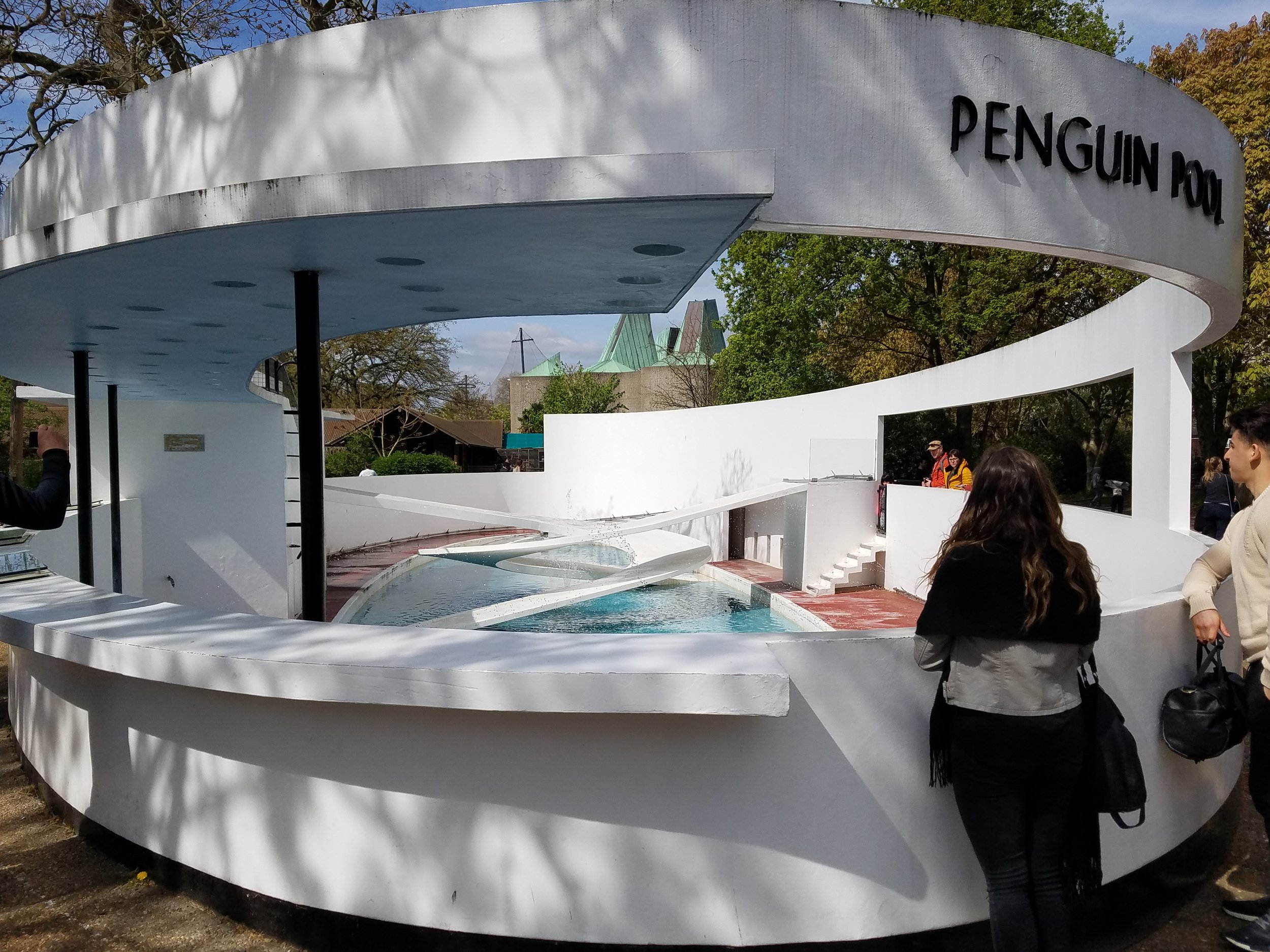
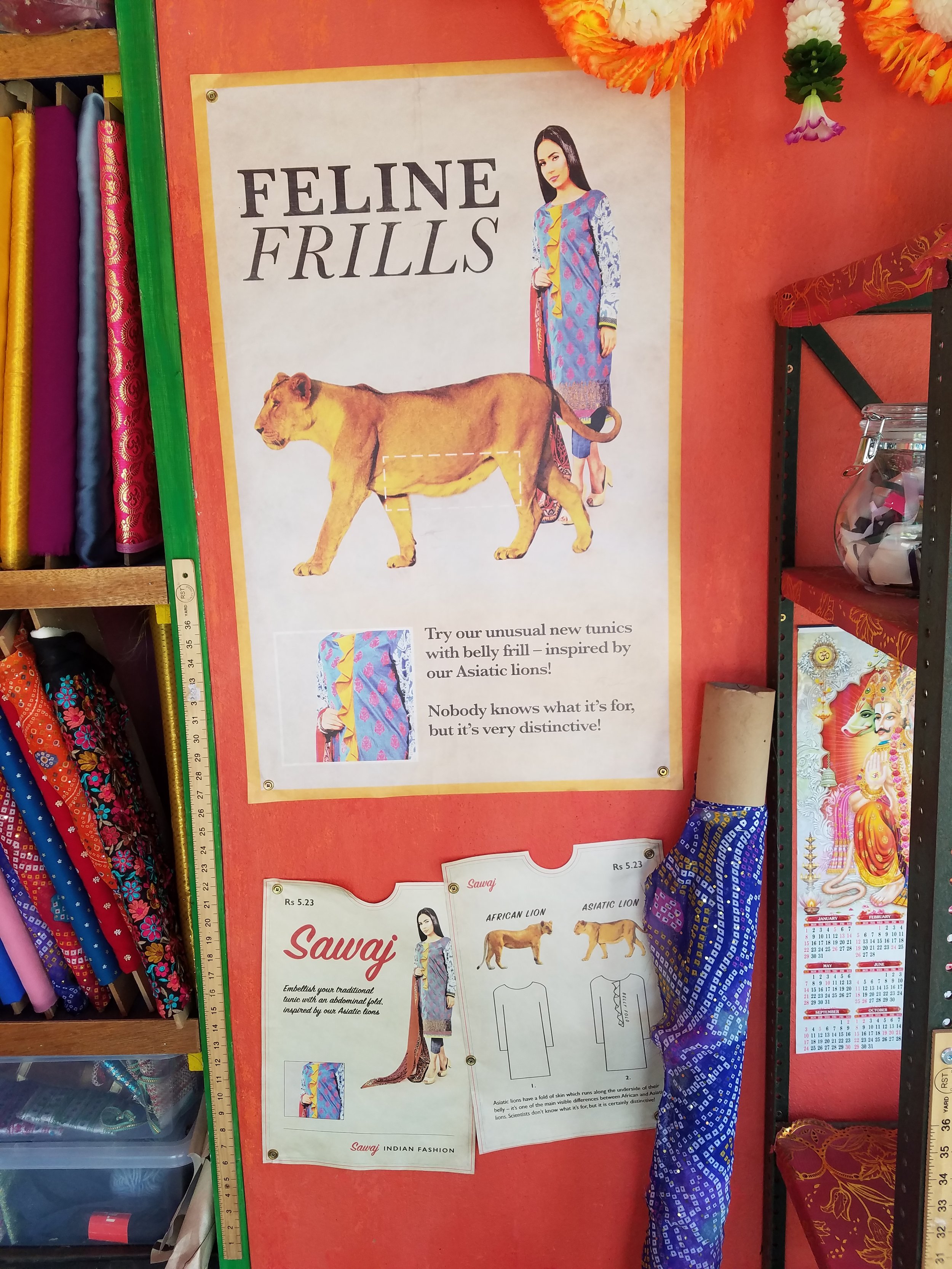 rival any. The relatively new Land of the Lions was a small budget (under $10,000,000 USD) renovation and expansion that weaves visitors through a fully immersive story of conflict between Asiatic lions and the ever-expanding population centers of India. Thematic architecture is used as lion barriers and blurs the lines of people and animal spaces. And, educational moments (probably the most clever part of the entire experience) are disguised as theming. A barber shop that teaches about lions’ manes. A seamstress kiosk that shows us the biological difference between Asiatic and other lions. It’s a place to explore and be surprised, and although the immersion is heavily skewed to a human dominated space, the lions’ habitat feels natural and appropriate.
rival any. The relatively new Land of the Lions was a small budget (under $10,000,000 USD) renovation and expansion that weaves visitors through a fully immersive story of conflict between Asiatic lions and the ever-expanding population centers of India. Thematic architecture is used as lion barriers and blurs the lines of people and animal spaces. And, educational moments (probably the most clever part of the entire experience) are disguised as theming. A barber shop that teaches about lions’ manes. A seamstress kiosk that shows us the biological difference between Asiatic and other lions. It’s a place to explore and be surprised, and although the immersion is heavily skewed to a human dominated space, the lions’ habitat feels natural and appropriate.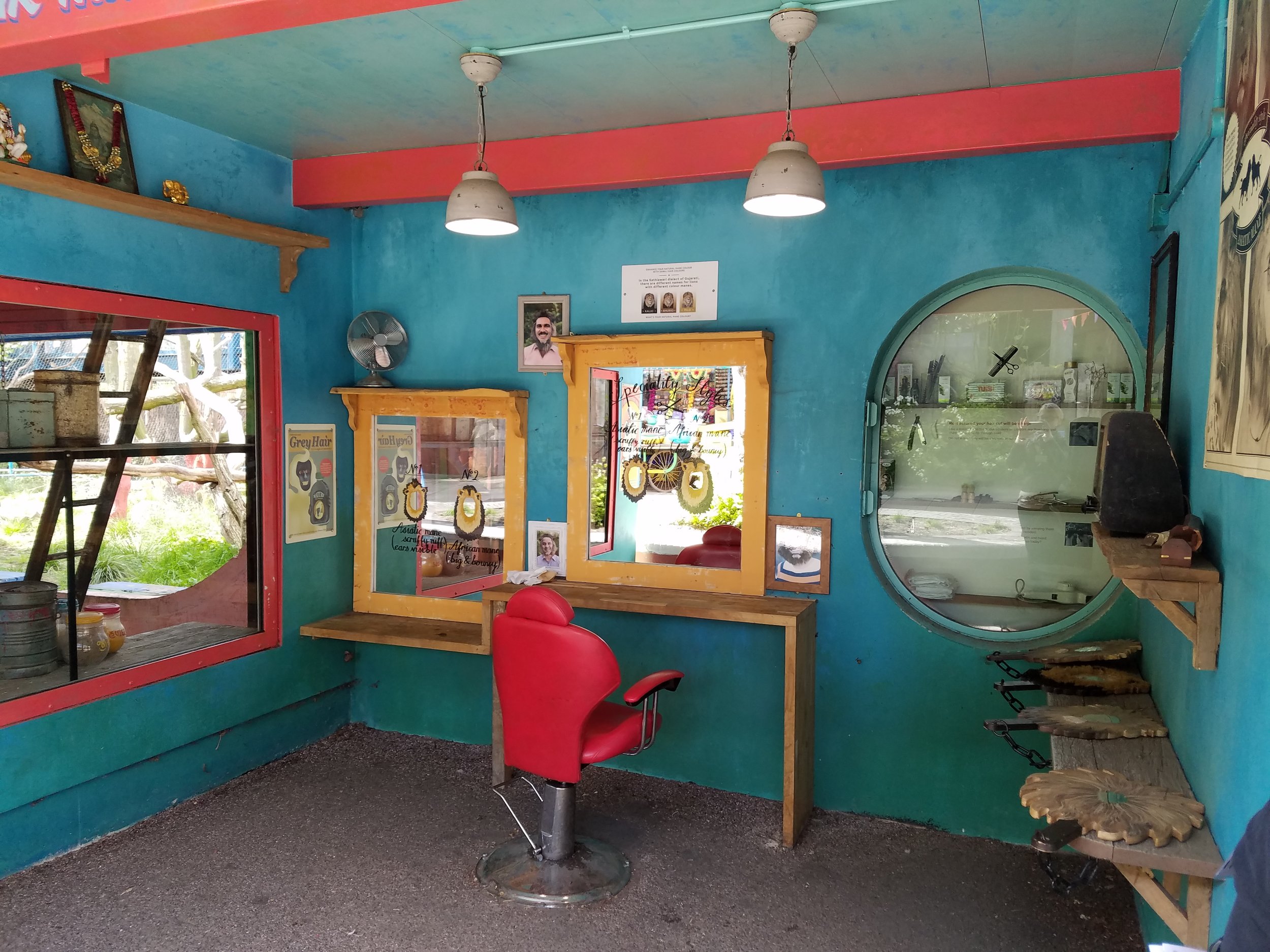
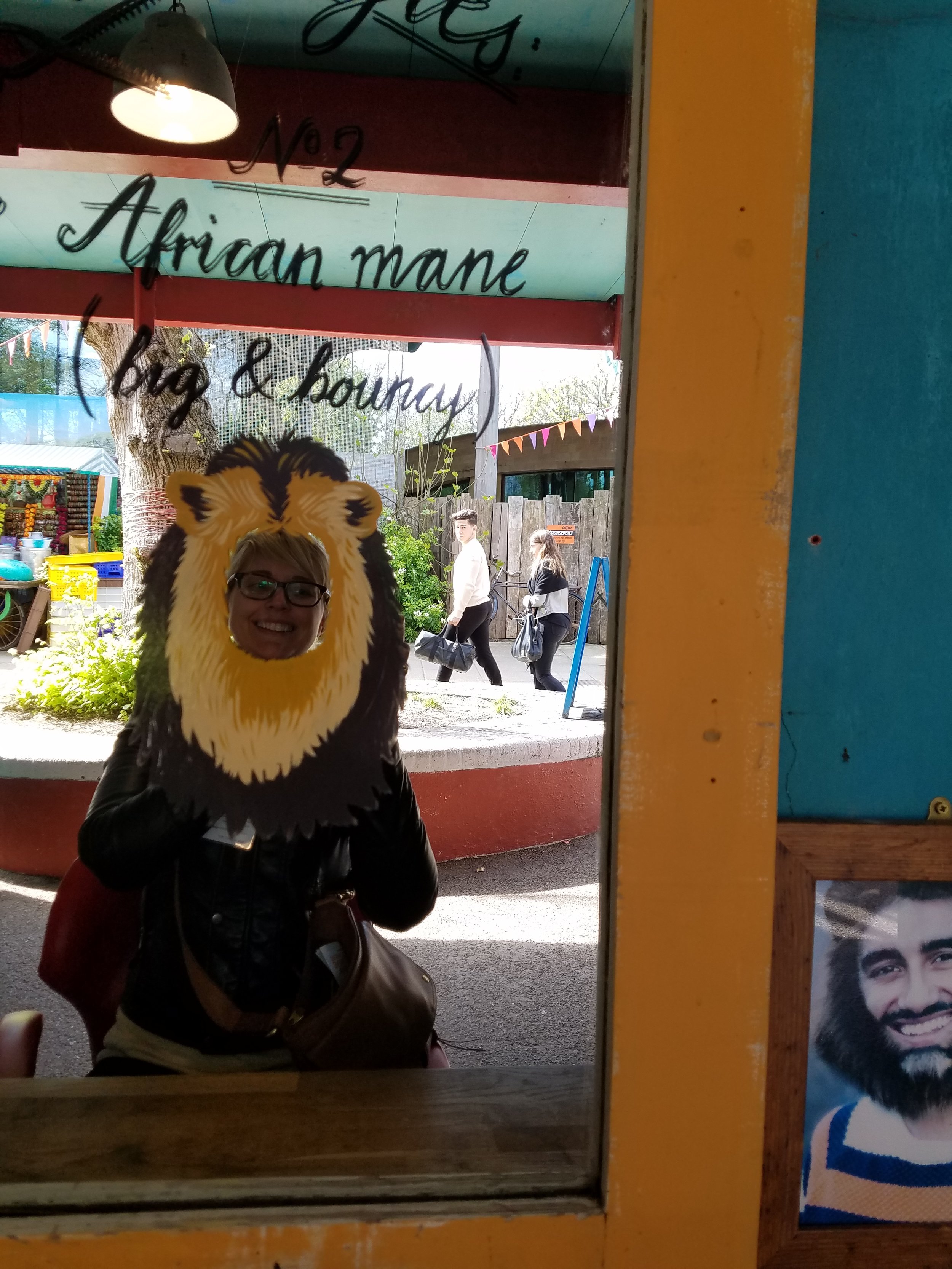
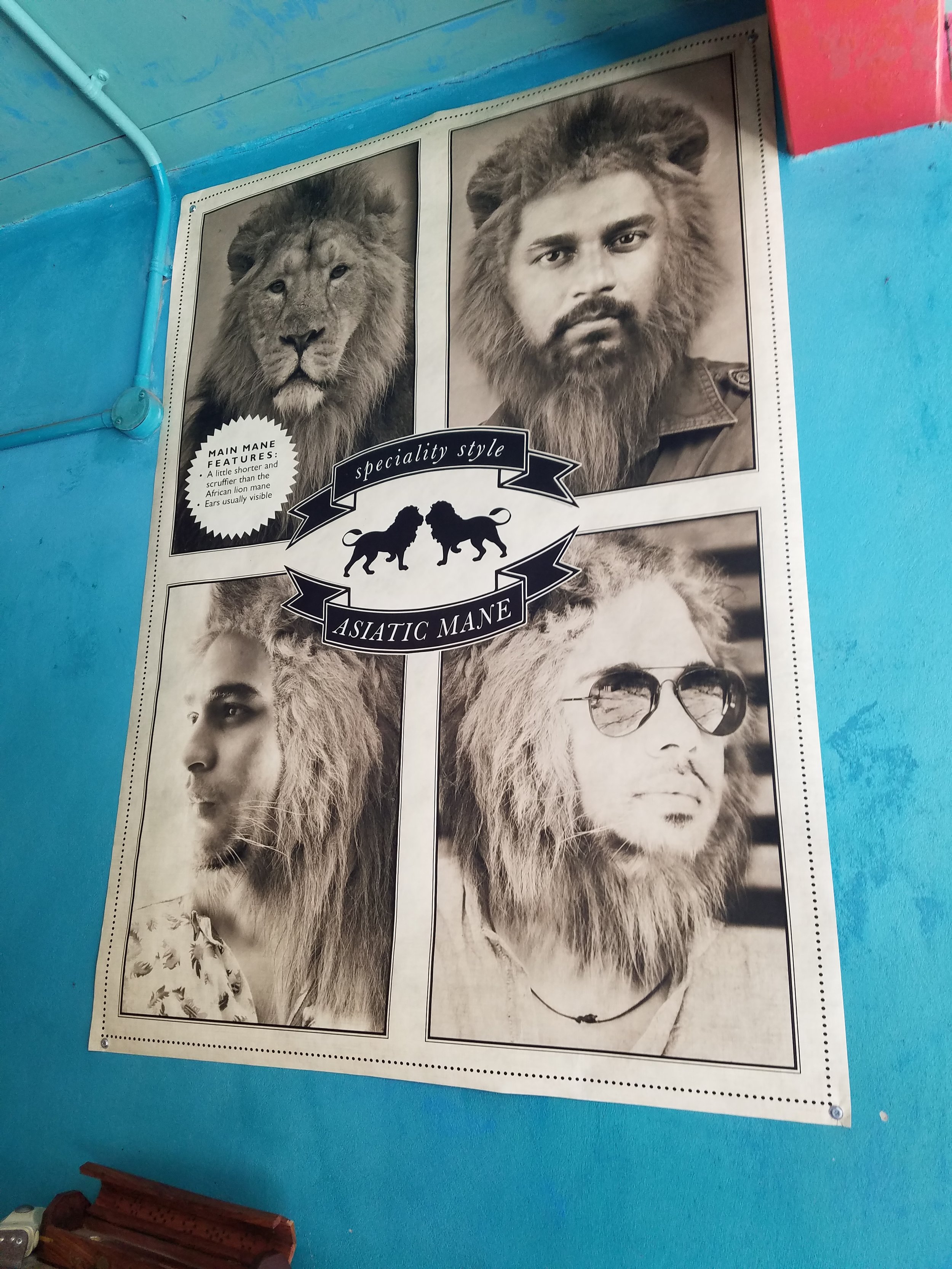
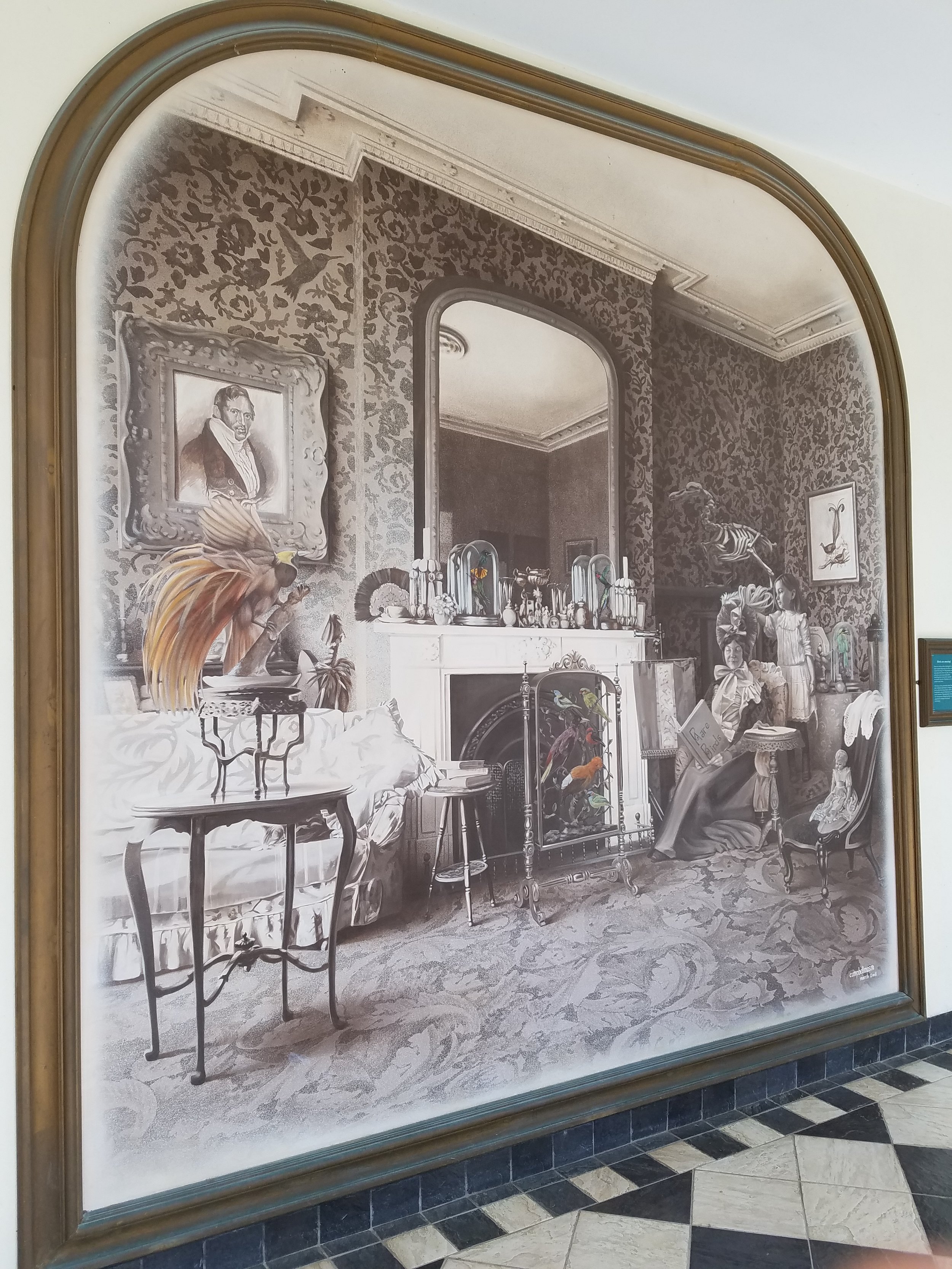 well as a relatively small walk-through aviary. What seemed to be a more recent renovation implemented a fairly simple graphic overlay. The striking part of the renovation was the intentional decision to embrace the building’s heritage, instead of trying to hide it. The graphic overlay features Victorian styled artwork highlighting the beauty of birds, including ingenious classic silhouette art of several recognizable bird species, as well as the use of “wrought iron” rails and benches traditionally associated with this time period. I loved the intent and the impact of this small project, but I would’ve loved to see this story implemented on a larger scale—redesigning the cages themselves to be highly ornate bird cages we would’ve seen in this era. What a platform to introduce the concept of “where we’ve been, and where we’re going” in terms of zoos, as well as our society’s evolution in regards to our relationship with animals.
well as a relatively small walk-through aviary. What seemed to be a more recent renovation implemented a fairly simple graphic overlay. The striking part of the renovation was the intentional decision to embrace the building’s heritage, instead of trying to hide it. The graphic overlay features Victorian styled artwork highlighting the beauty of birds, including ingenious classic silhouette art of several recognizable bird species, as well as the use of “wrought iron” rails and benches traditionally associated with this time period. I loved the intent and the impact of this small project, but I would’ve loved to see this story implemented on a larger scale—redesigning the cages themselves to be highly ornate bird cages we would’ve seen in this era. What a platform to introduce the concept of “where we’ve been, and where we’re going” in terms of zoos, as well as our society’s evolution in regards to our relationship with animals.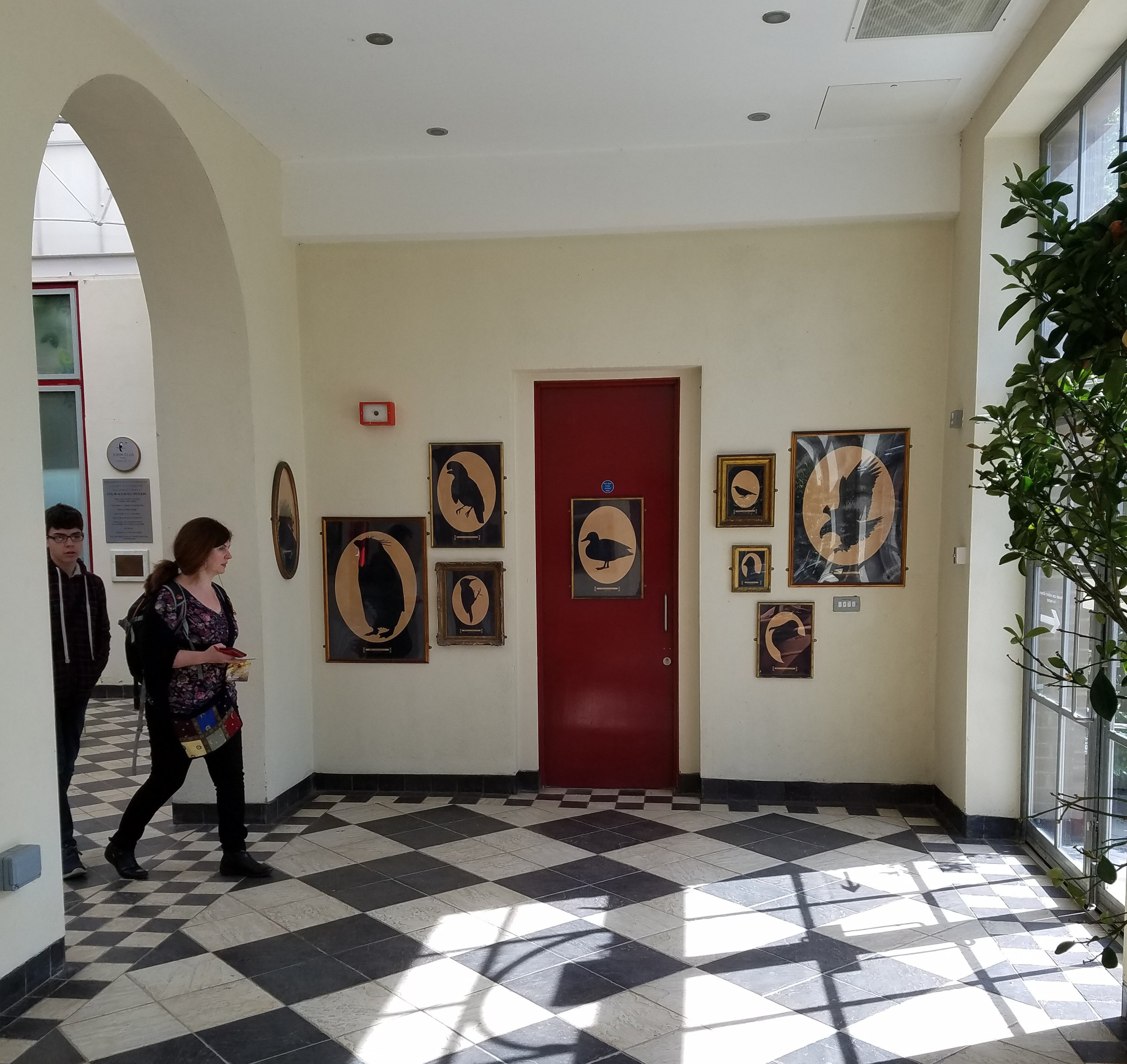
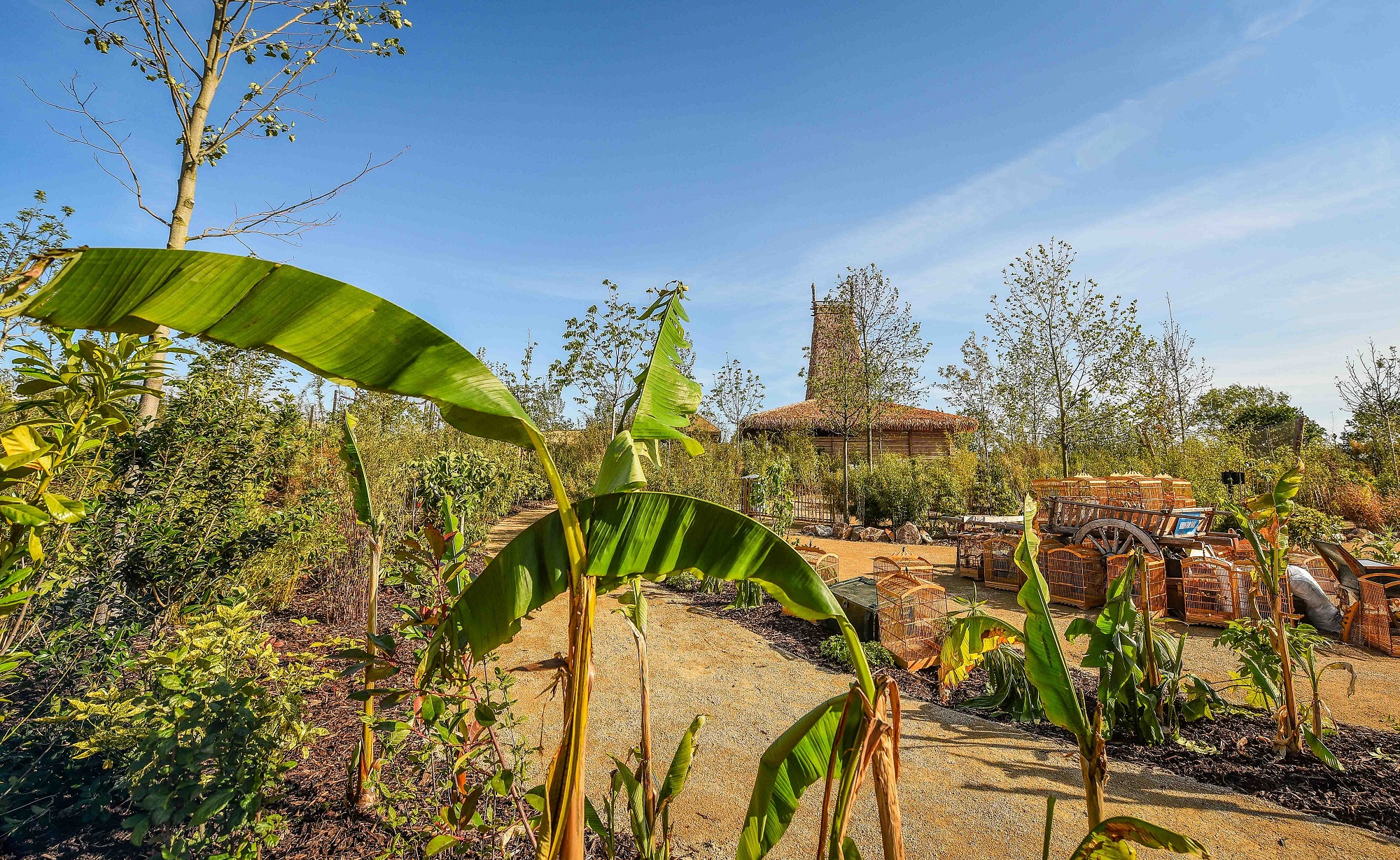 s than enthusiastic about boat rides to see animals (and I didn’t get to ride this one—out of season), the aesthetic of the river running through the exhibit experience was impressive and added a lot to the immersive setting. Although visitors begin their journey through Islands in a fishing village, and eat at a large Balinese (?) building, the bulk of the exhibit is landscape immersion, rather than cultural immersion, with limited props providing a hint of location specificity. The orang exhibit featured a research hut with jewel exhibits and educational features hidden expertly amongst theming.
s than enthusiastic about boat rides to see animals (and I didn’t get to ride this one—out of season), the aesthetic of the river running through the exhibit experience was impressive and added a lot to the immersive setting. Although visitors begin their journey through Islands in a fishing village, and eat at a large Balinese (?) building, the bulk of the exhibit is landscape immersion, rather than cultural immersion, with limited props providing a hint of location specificity. The orang exhibit featured a research hut with jewel exhibits and educational features hidden expertly amongst theming.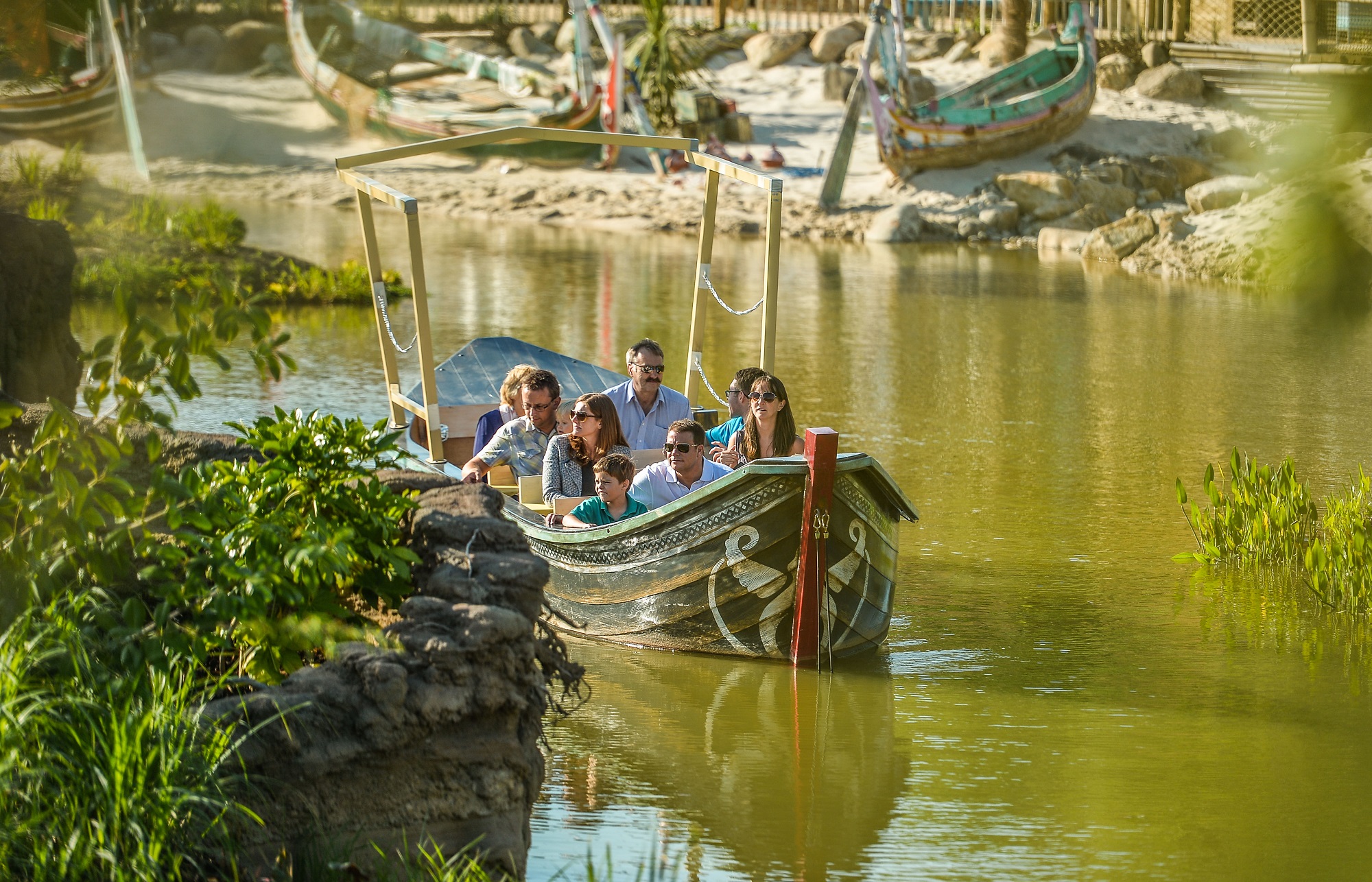
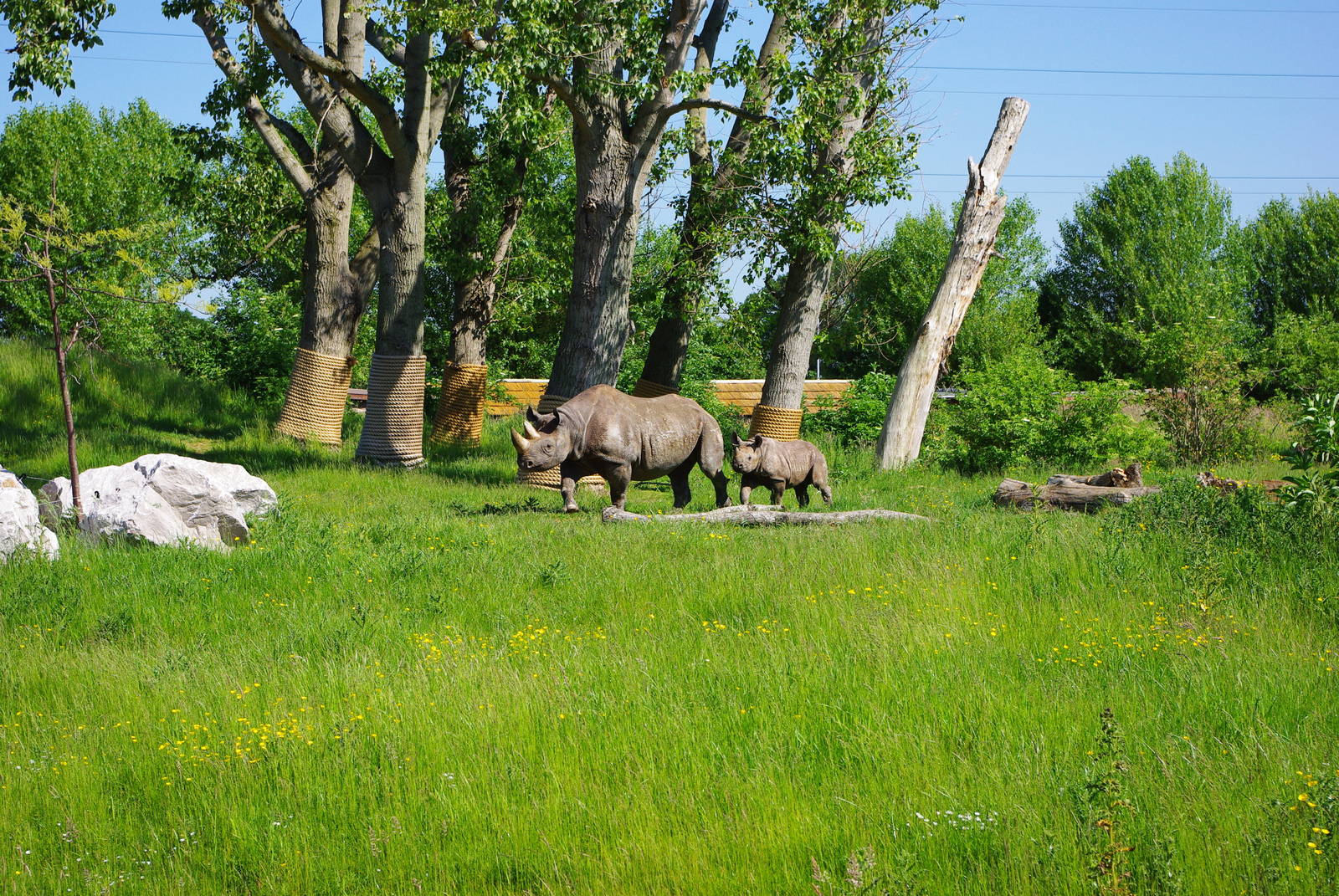
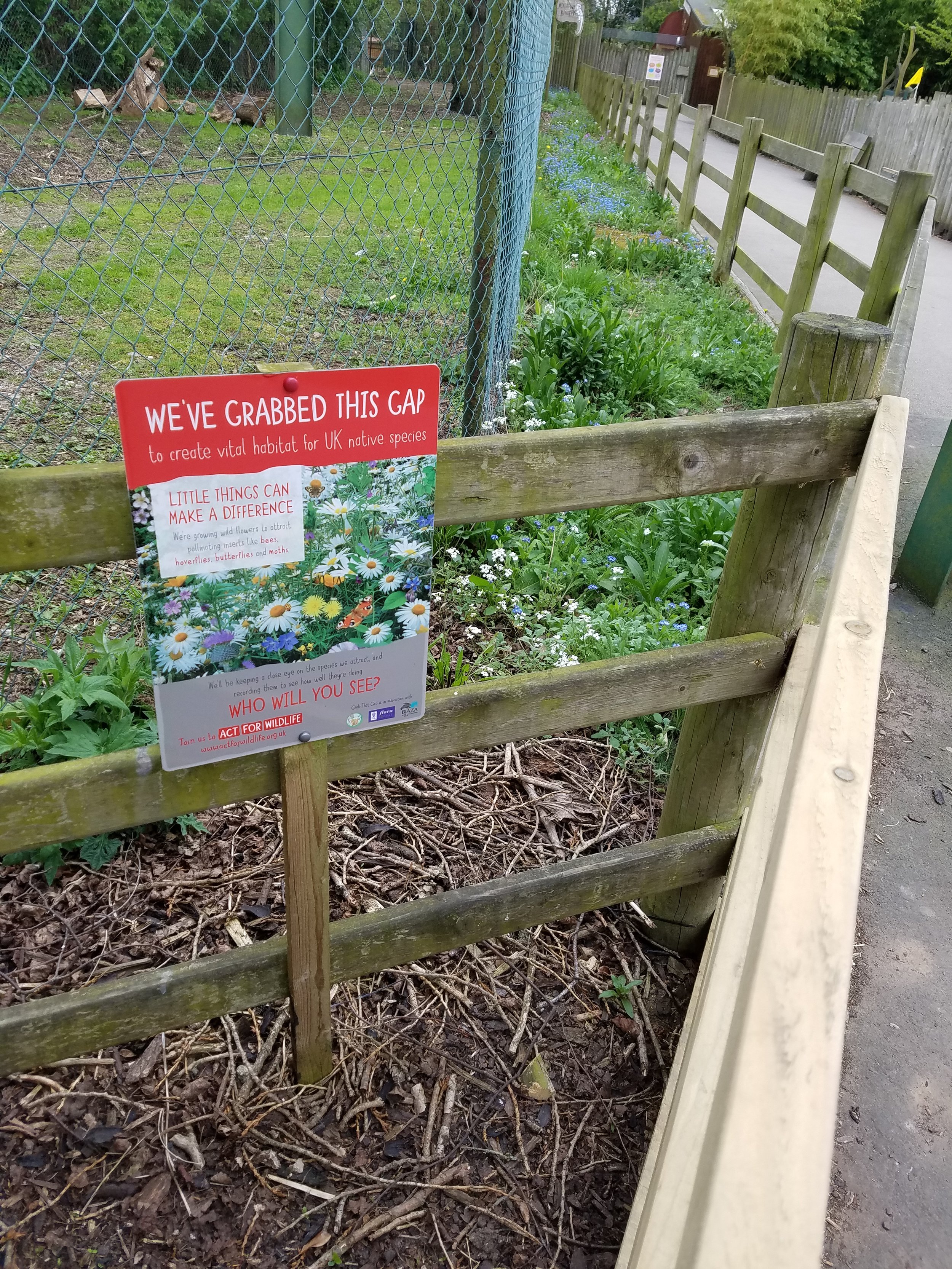 “Zoo Message” (as I call it) throughout the various exhibits, while still incorporating a sense of place within each exhibit through independently styled graphics and props. The Zoo Message is reinforced through small moments (like a pollinator garden along a viewing rail), eye-catching signage, videos, and even a book that can be purchased at the gift shop. What’s most important about Chester’s messaging style is that it is always approachable (visually and content-wise) and embraces family and fun with a touch of whimsy and humor. A great lesson to be remembered, because, as we know, people come to zoos (and aquariums) for a fun time that makes them feel good about spending their precious resources (of time and money).
“Zoo Message” (as I call it) throughout the various exhibits, while still incorporating a sense of place within each exhibit through independently styled graphics and props. The Zoo Message is reinforced through small moments (like a pollinator garden along a viewing rail), eye-catching signage, videos, and even a book that can be purchased at the gift shop. What’s most important about Chester’s messaging style is that it is always approachable (visually and content-wise) and embraces family and fun with a touch of whimsy and humor. A great lesson to be remembered, because, as we know, people come to zoos (and aquariums) for a fun time that makes them feel good about spending their precious resources (of time and money).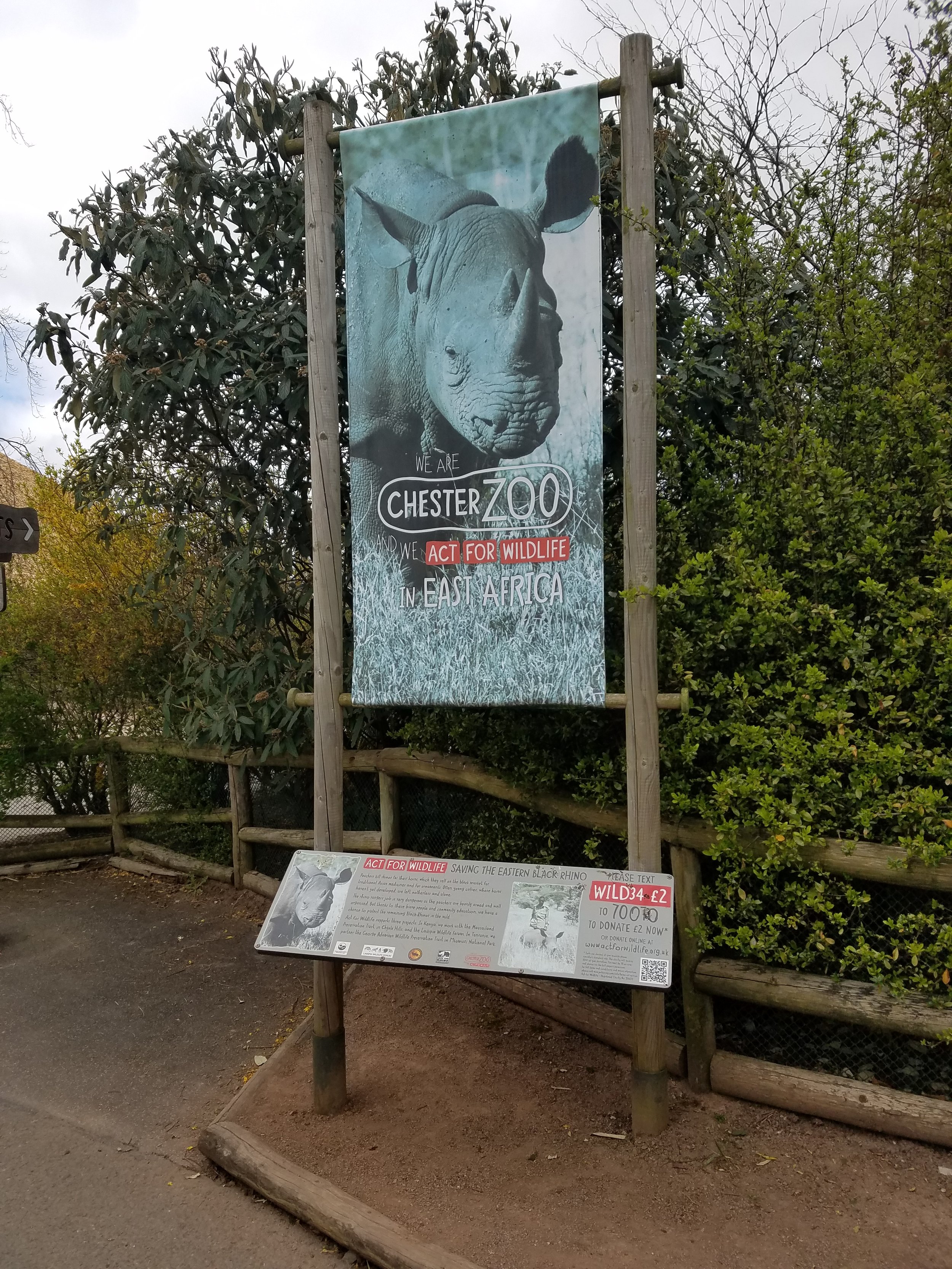 Get yourself to England to check out both of these incredible zoos!
Get yourself to England to check out both of these incredible zoos!